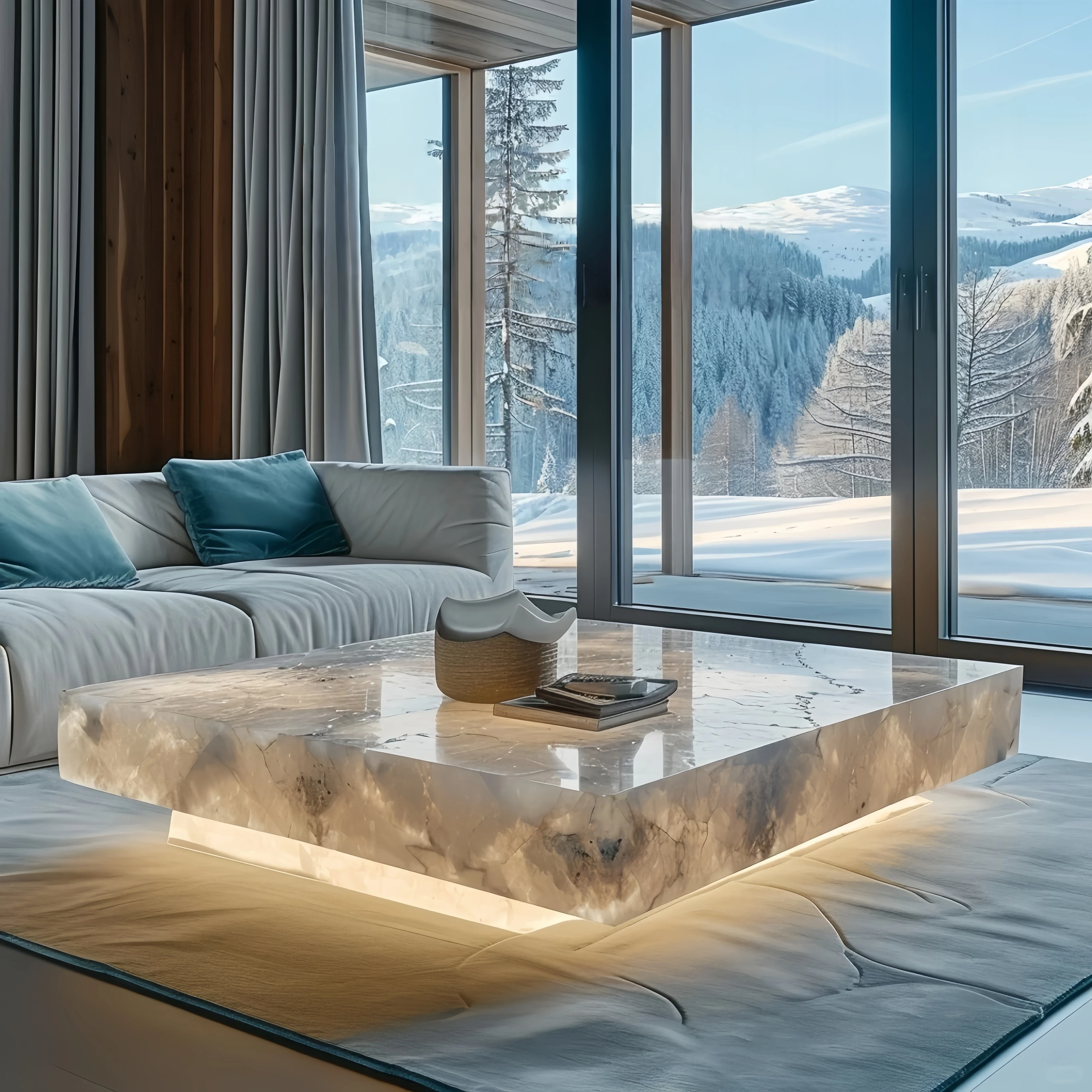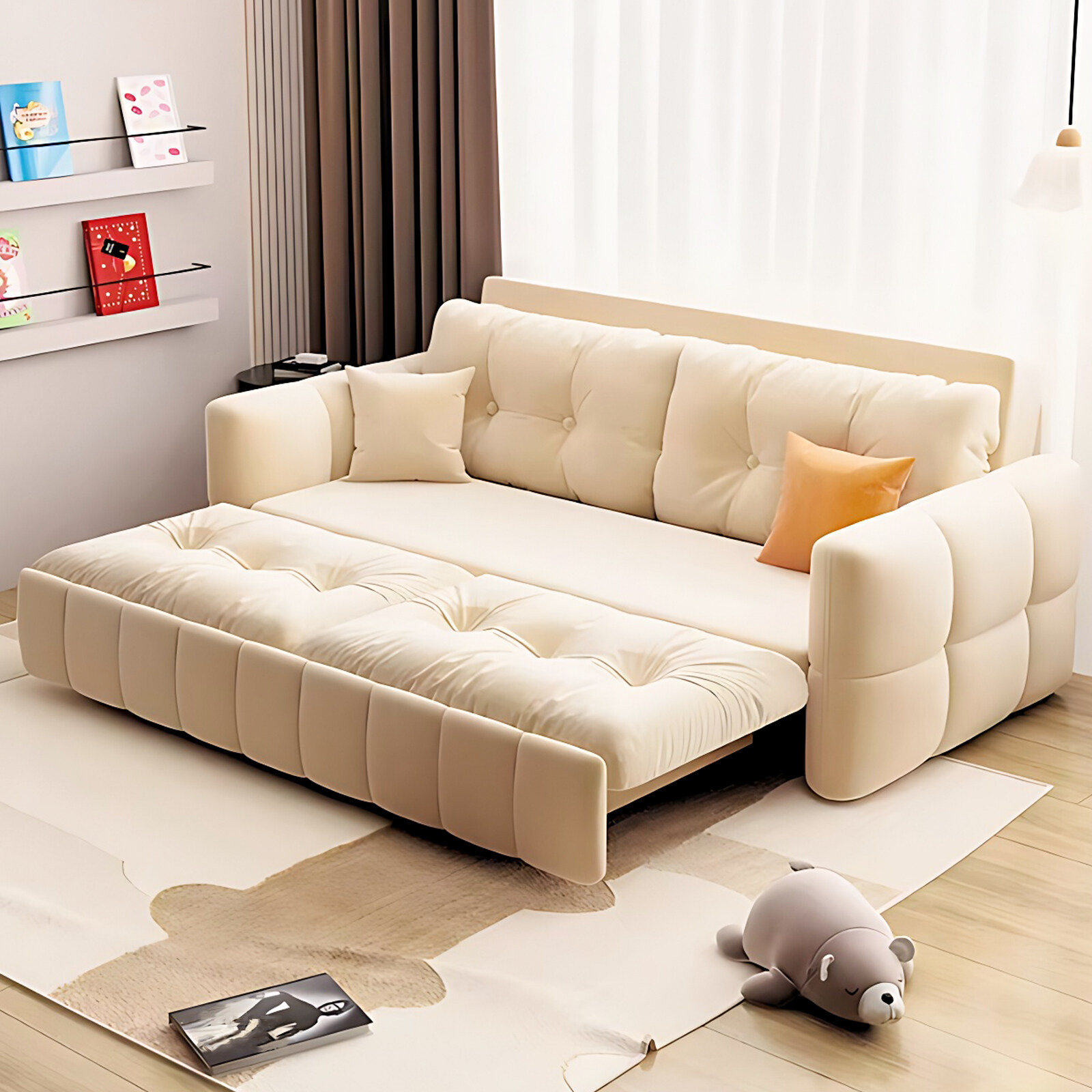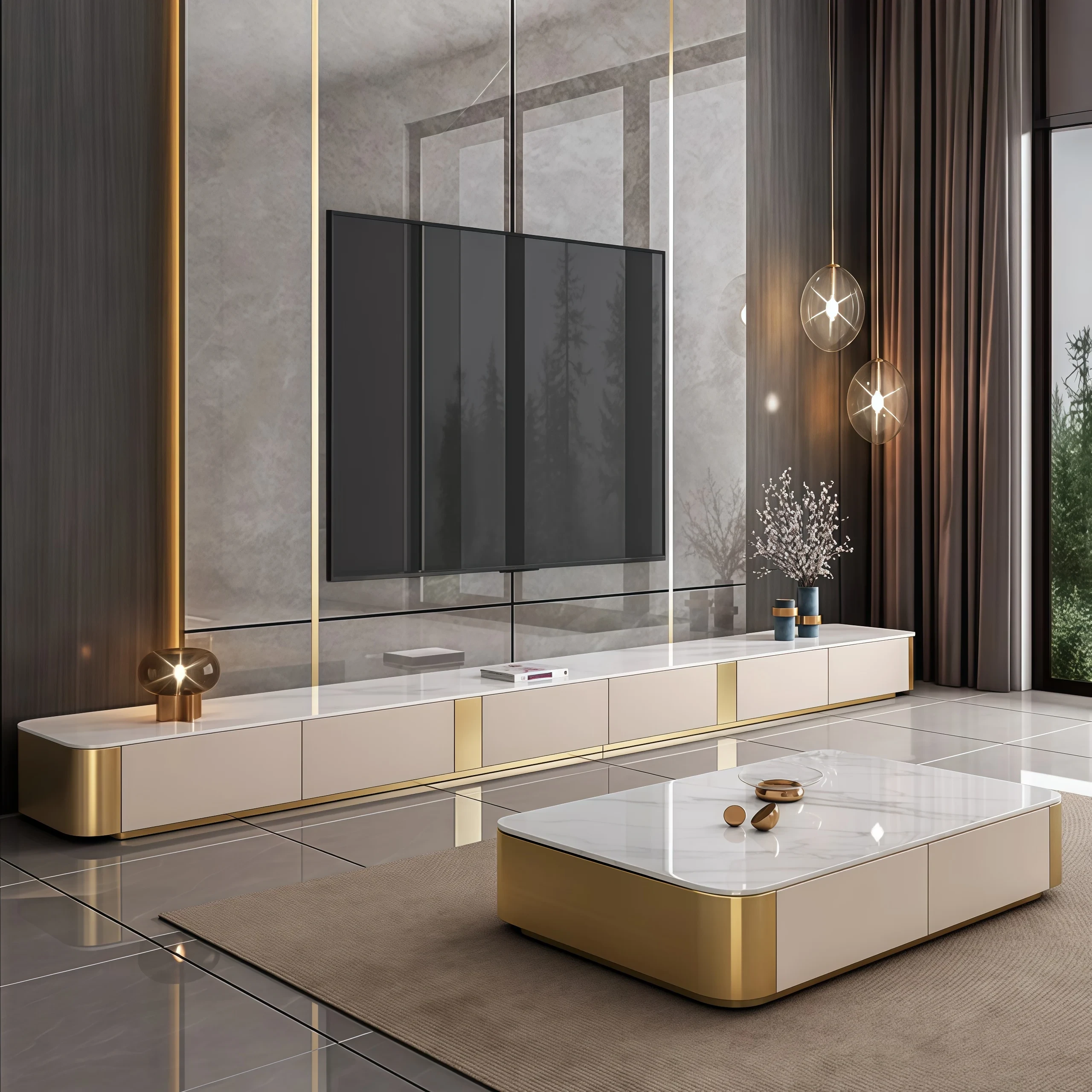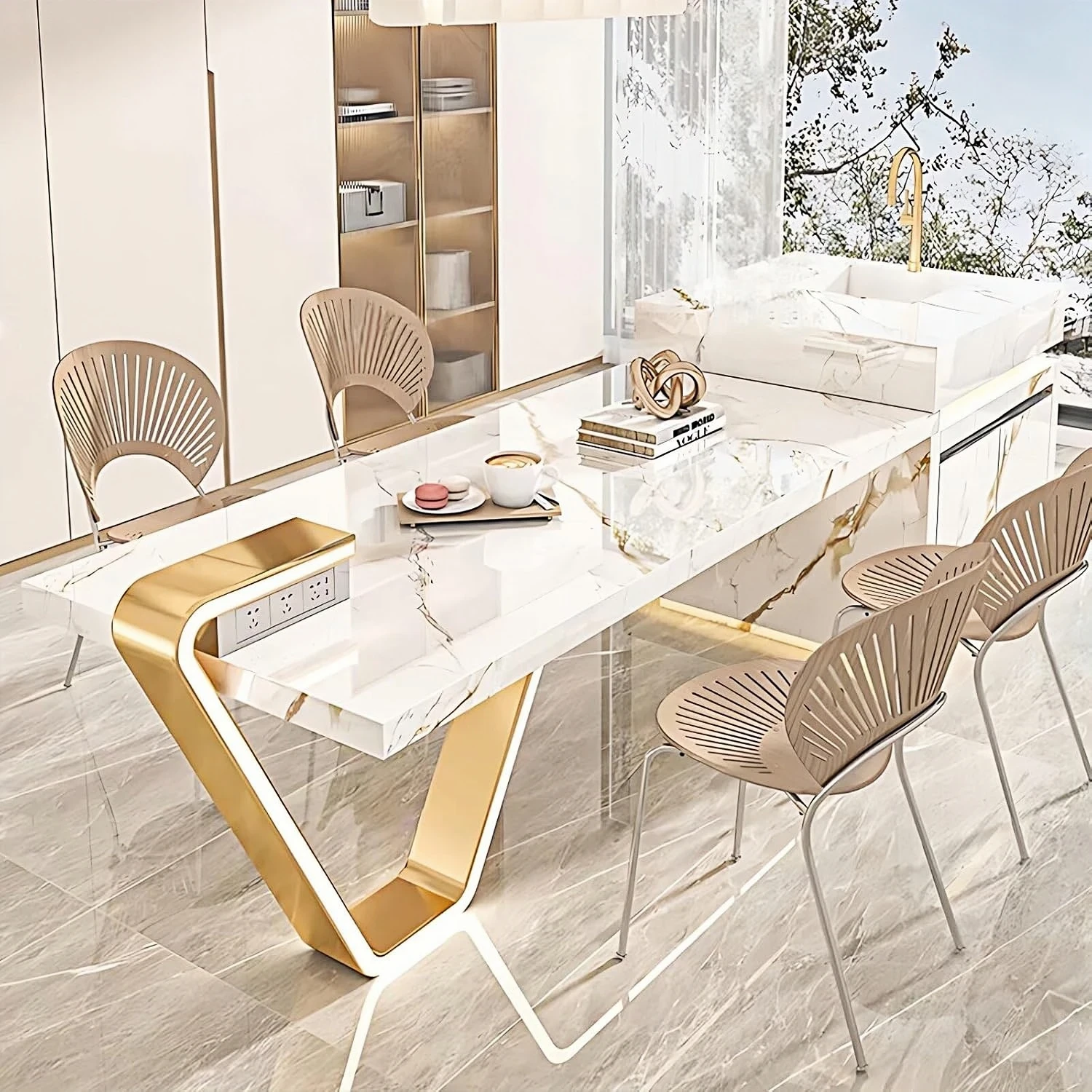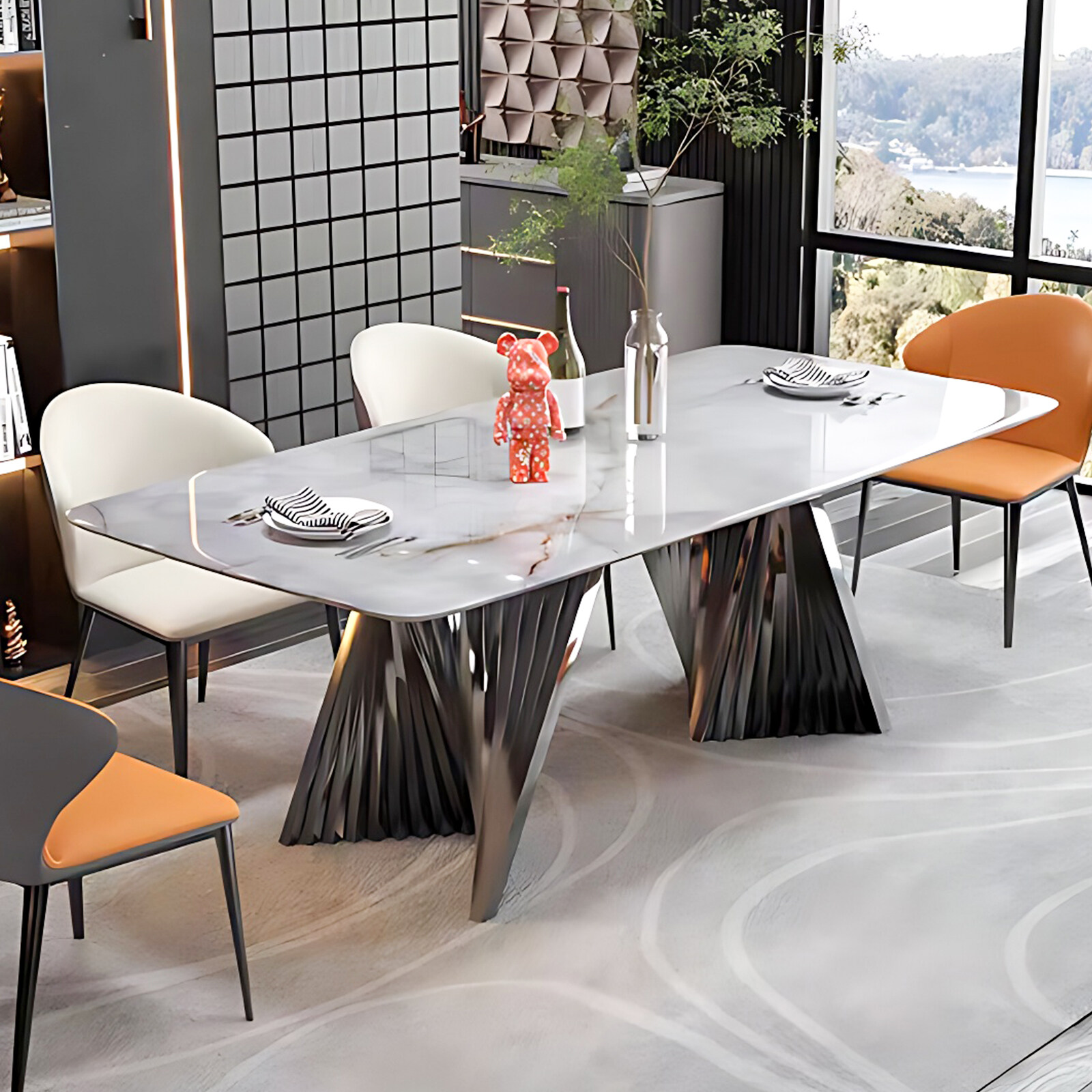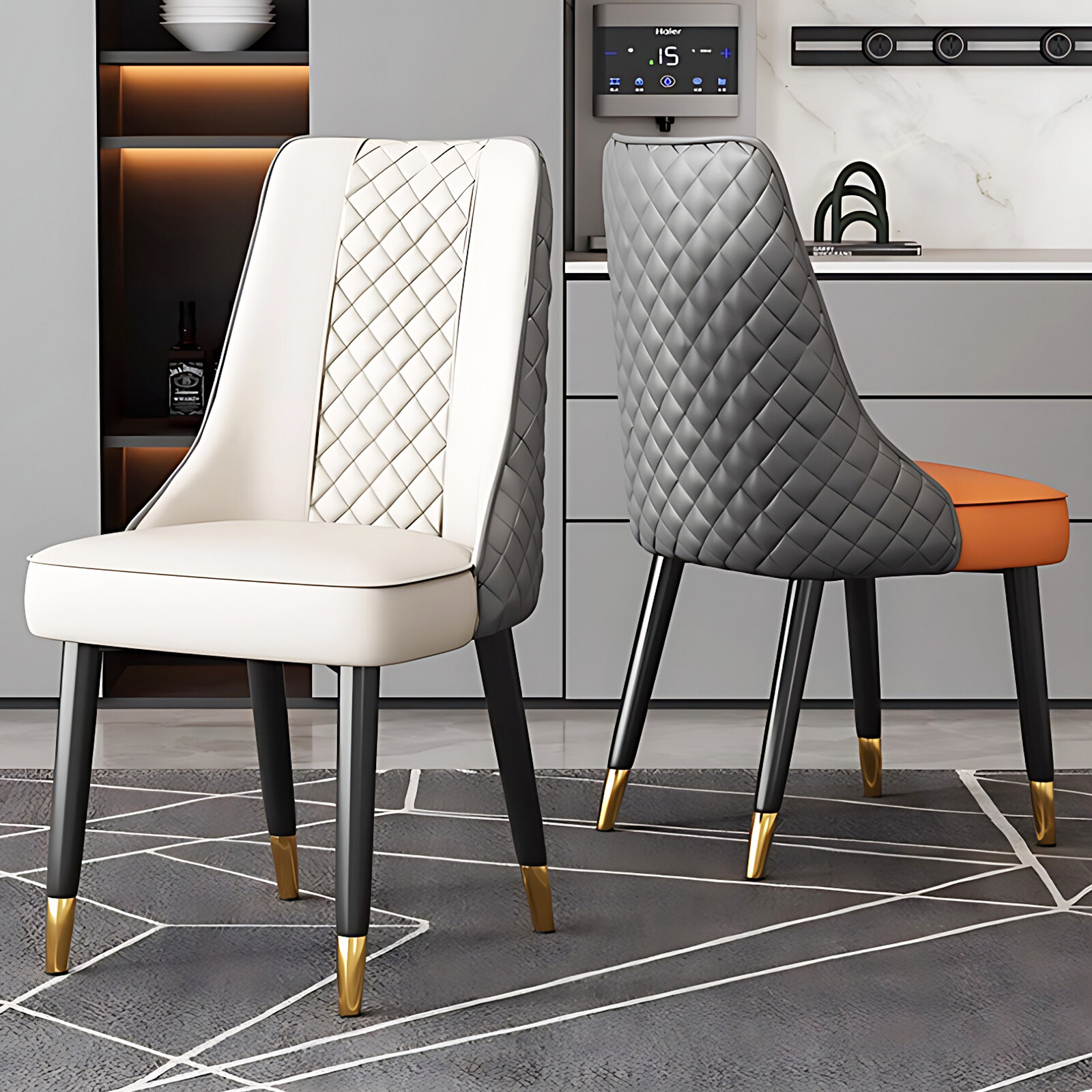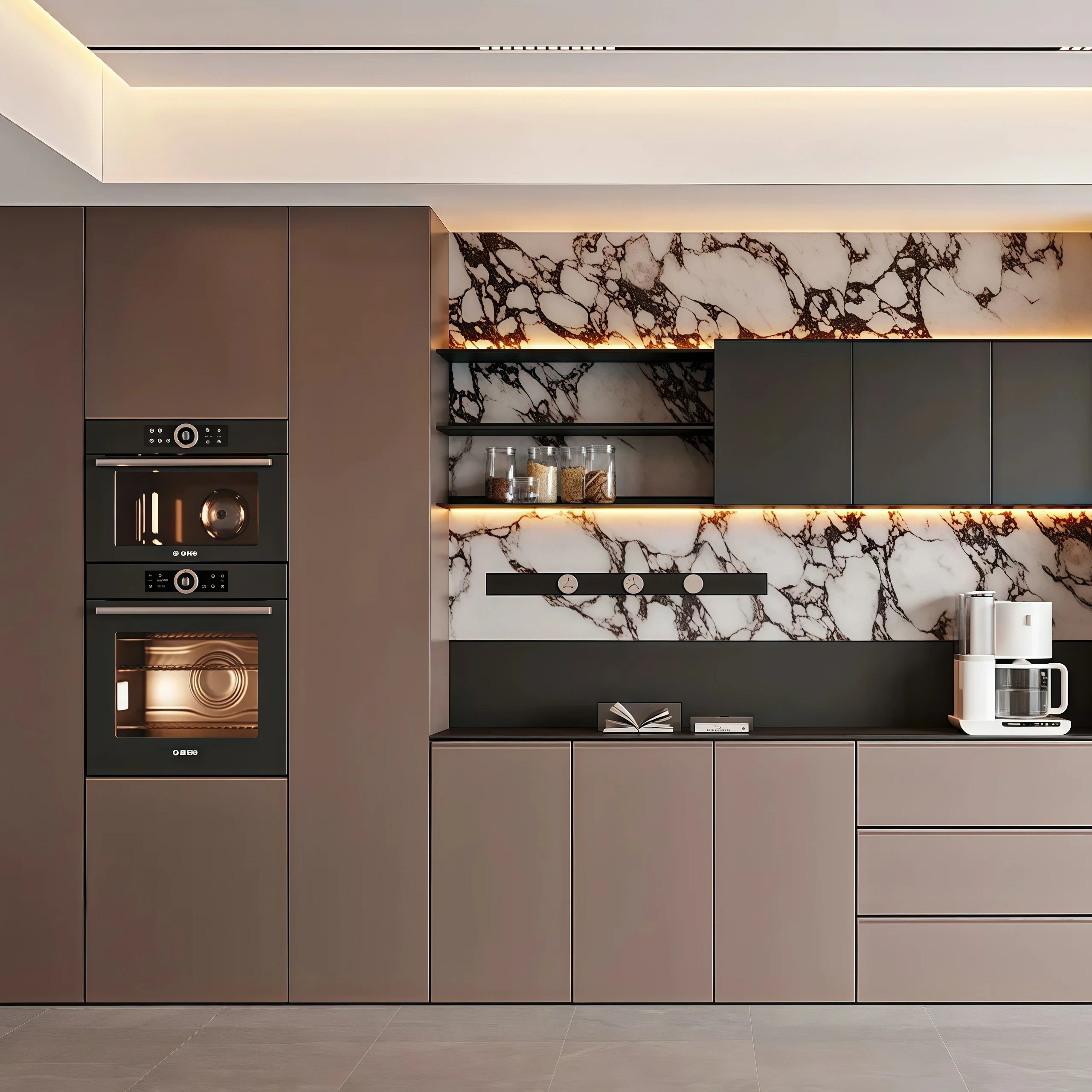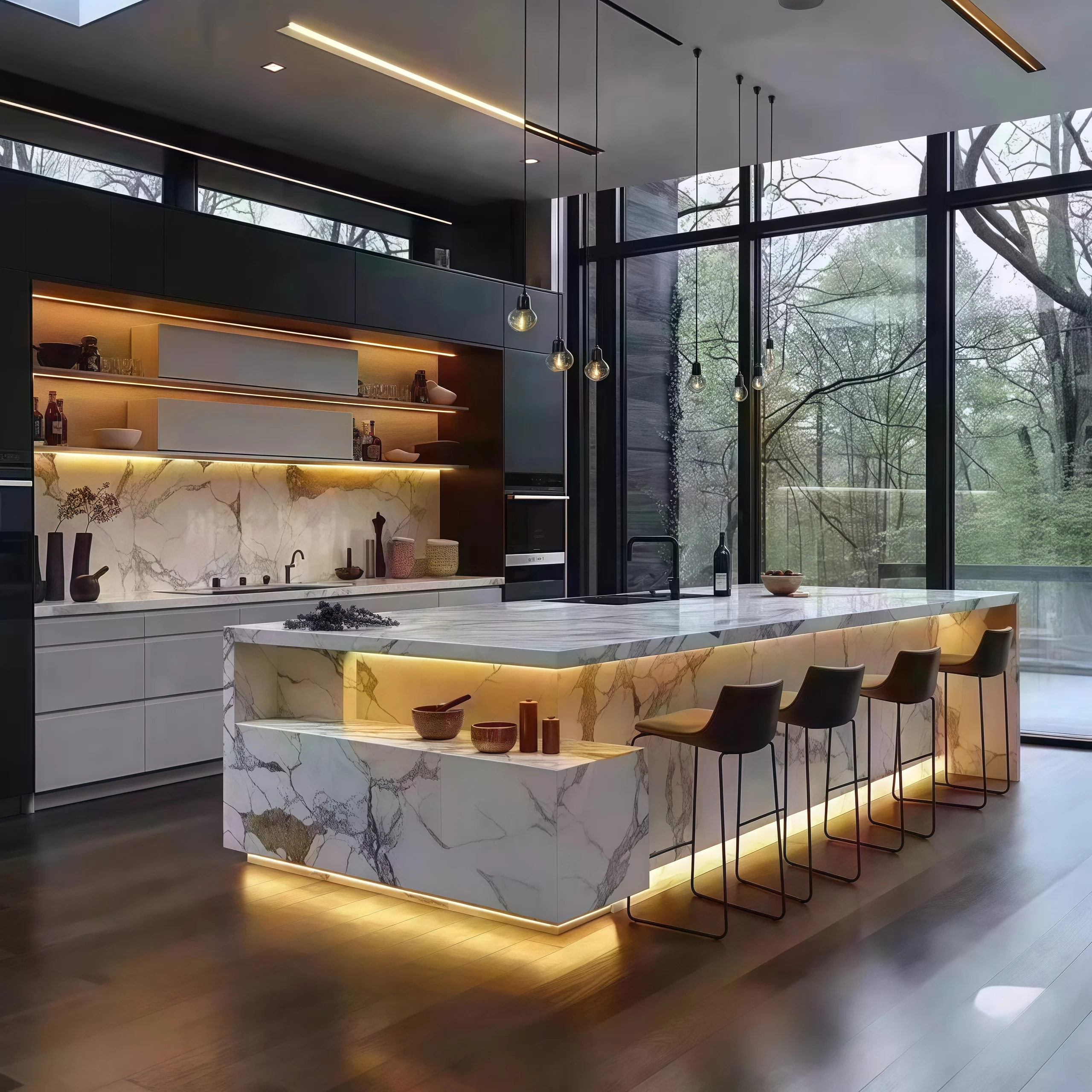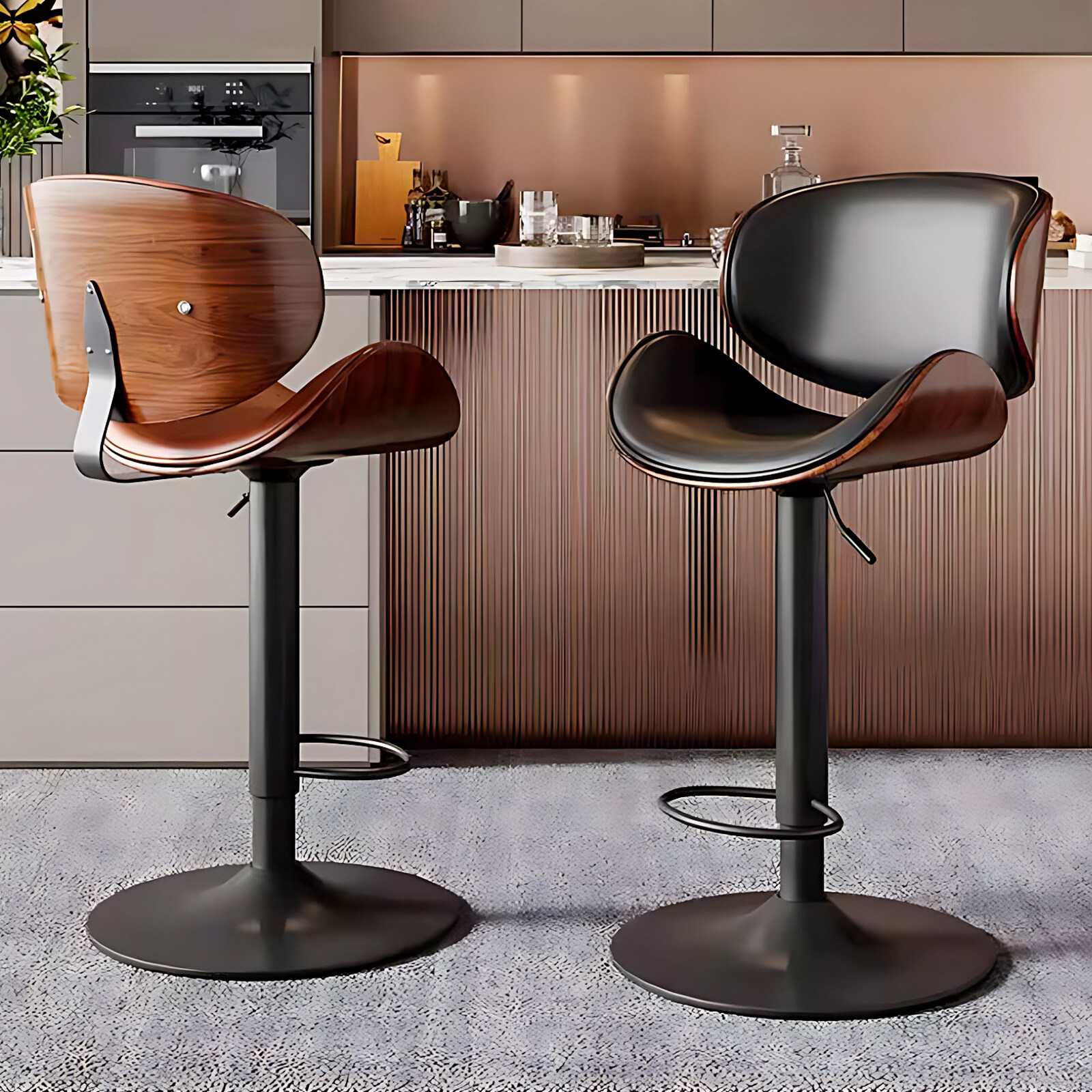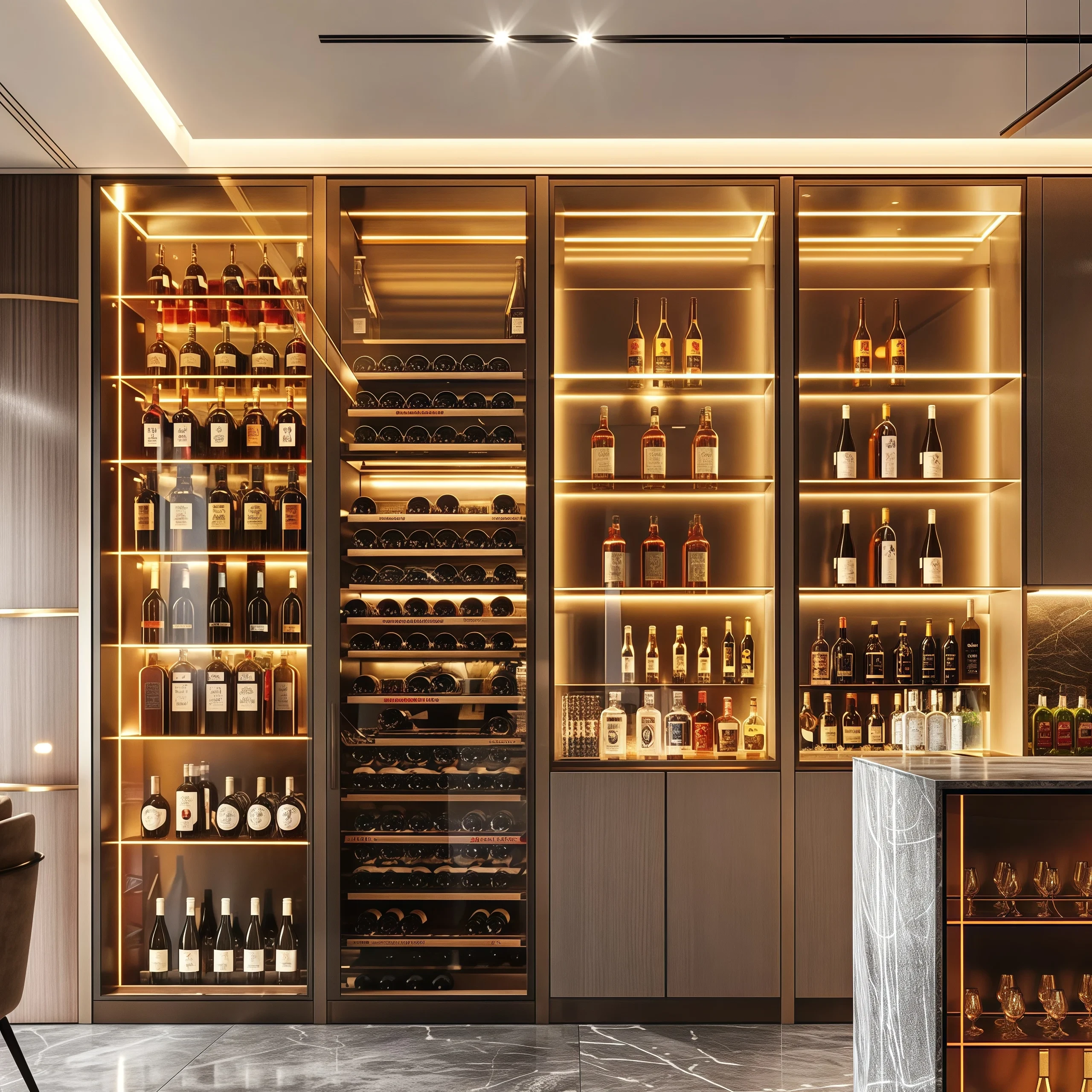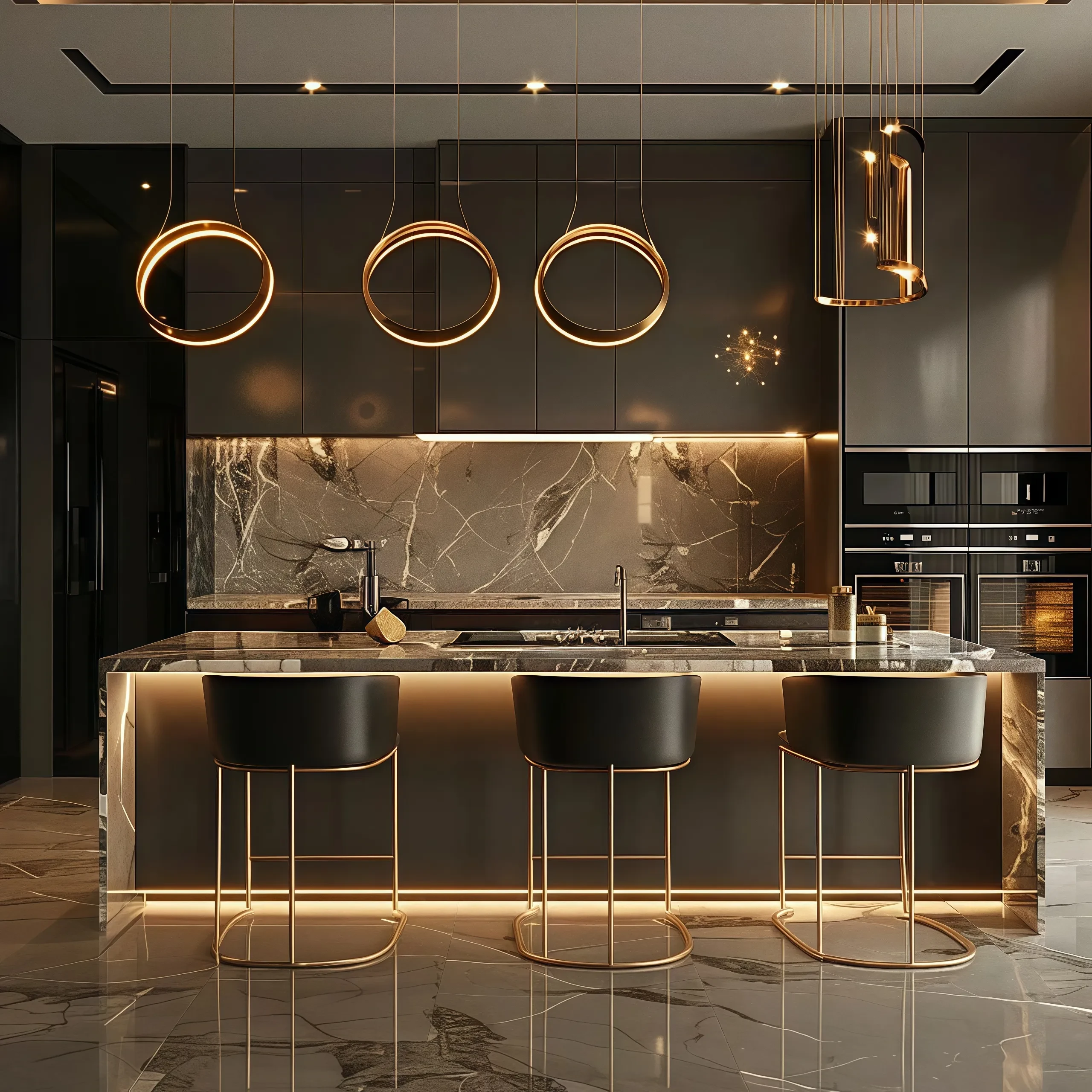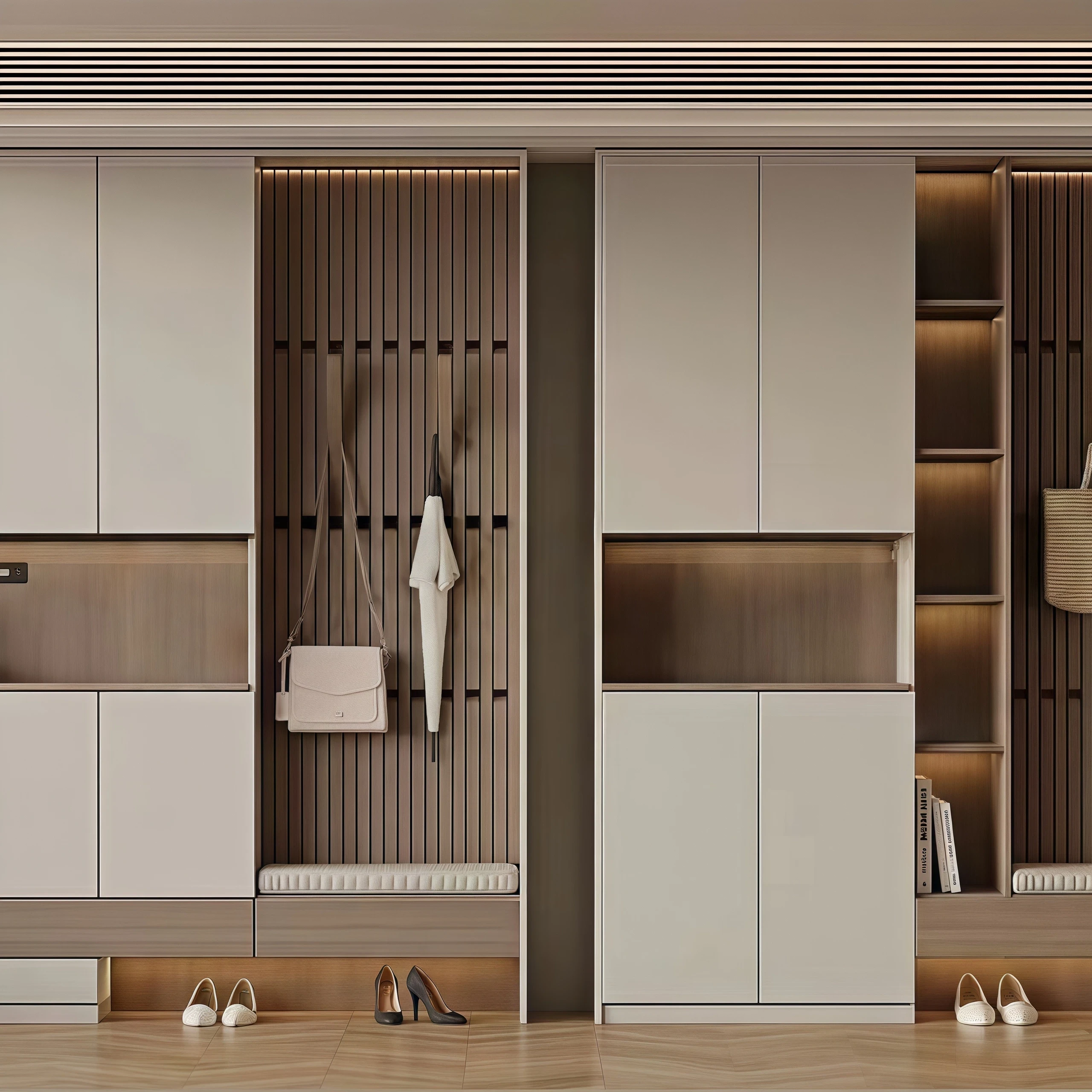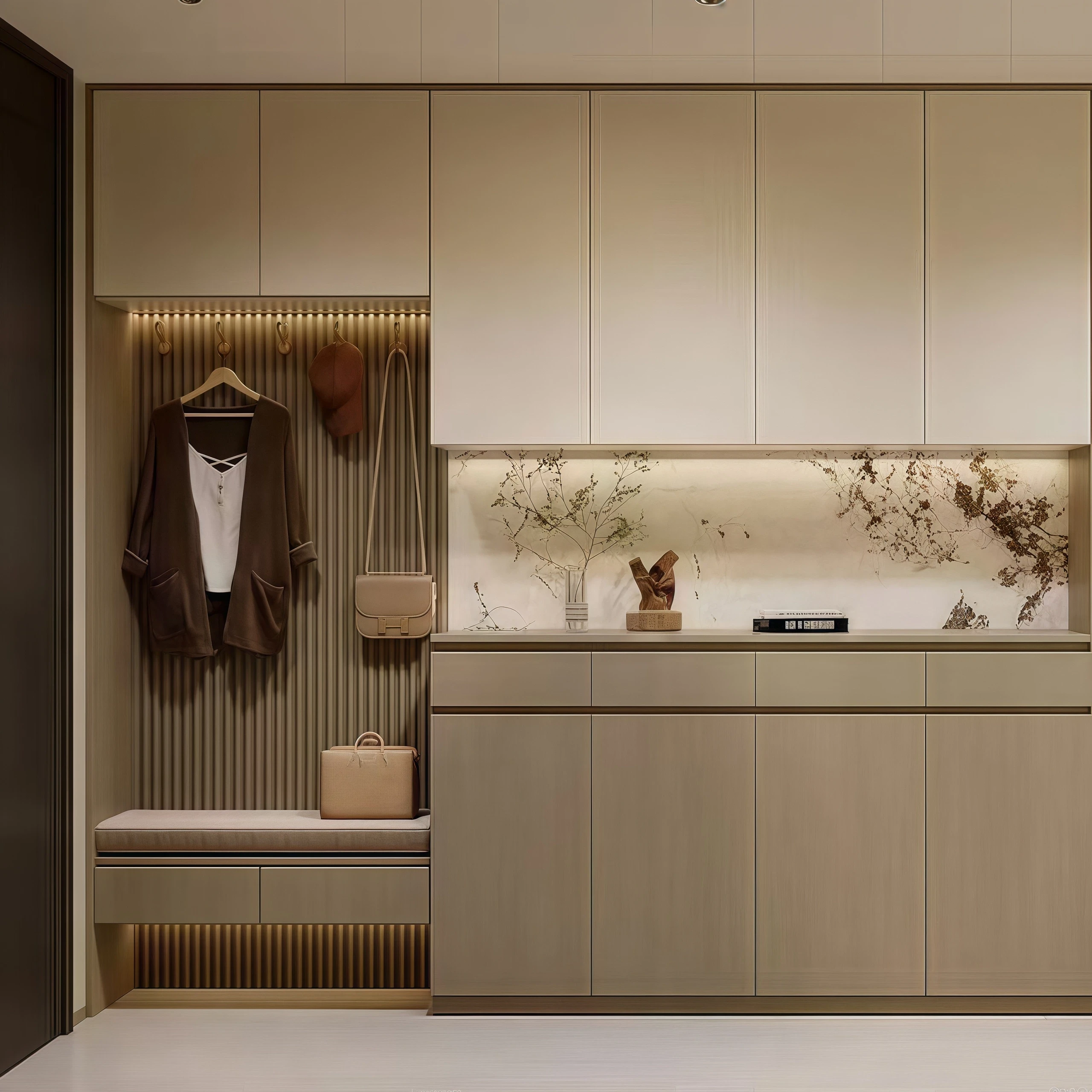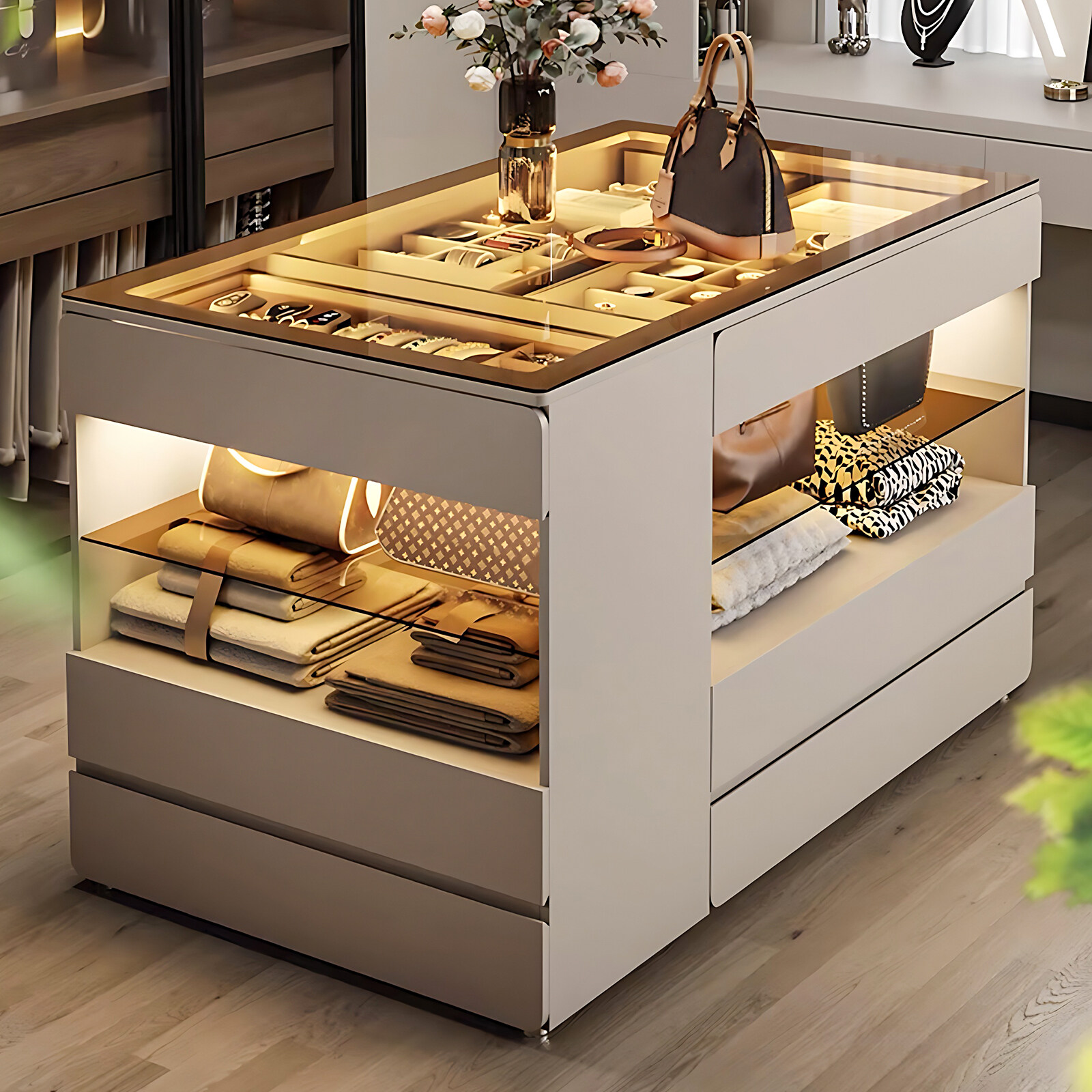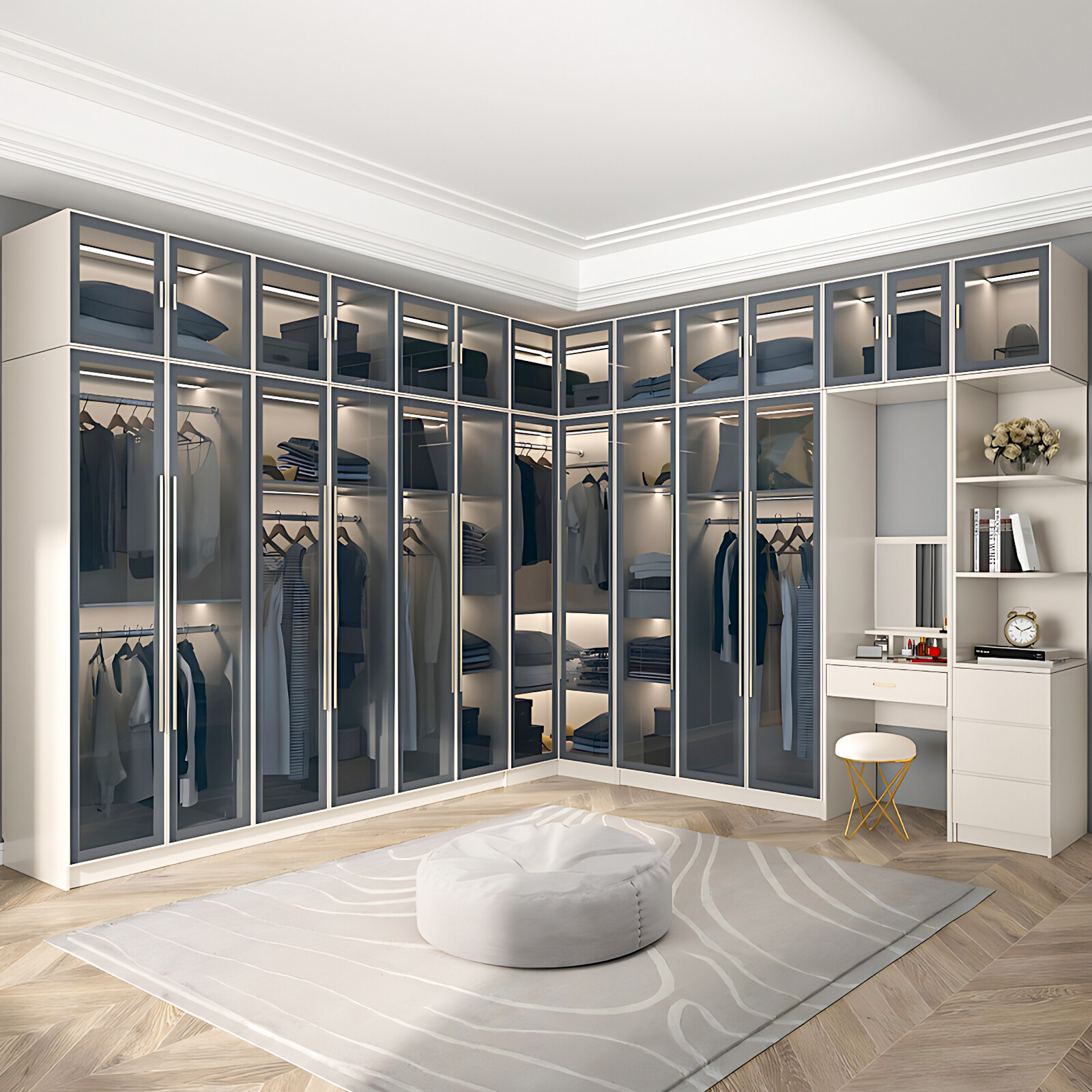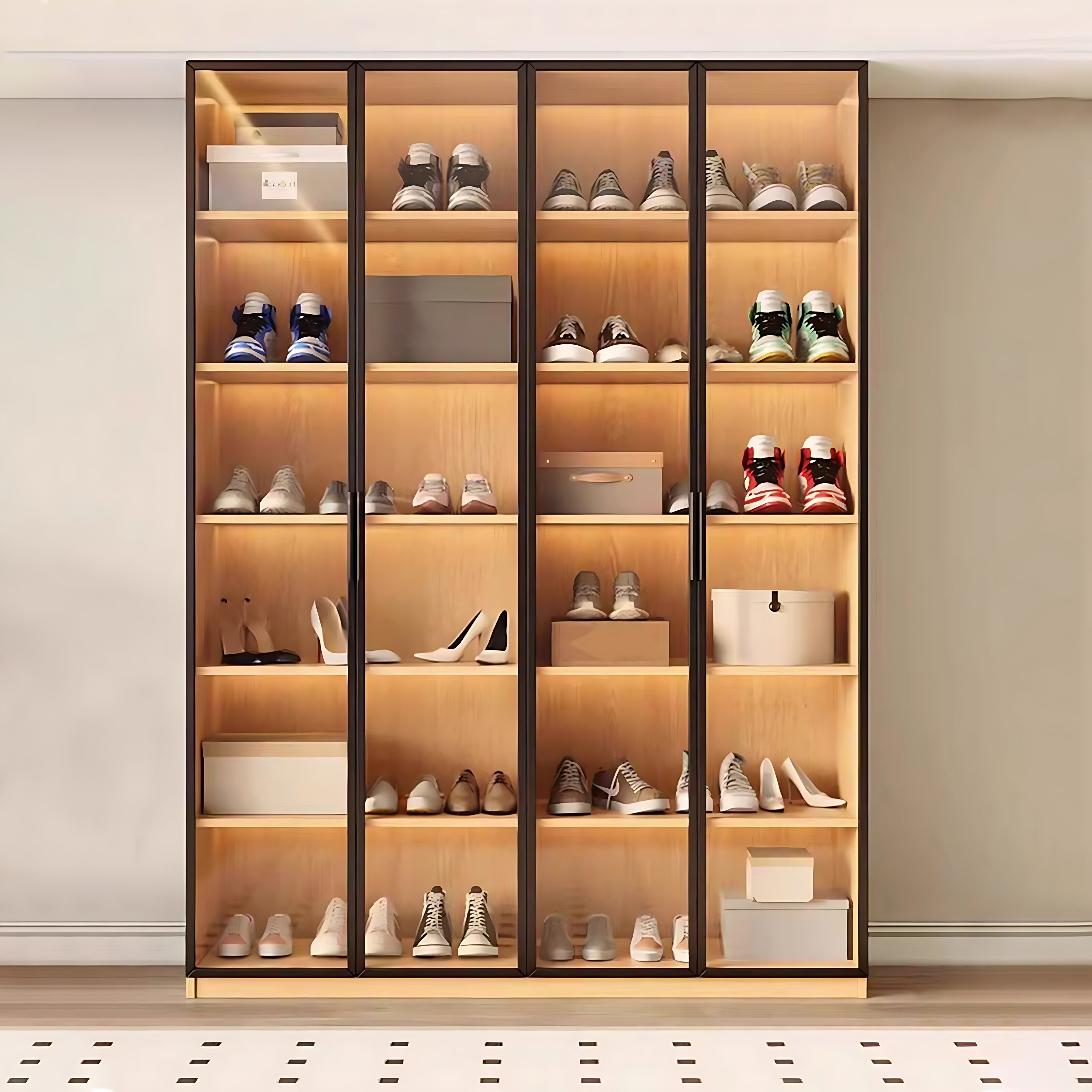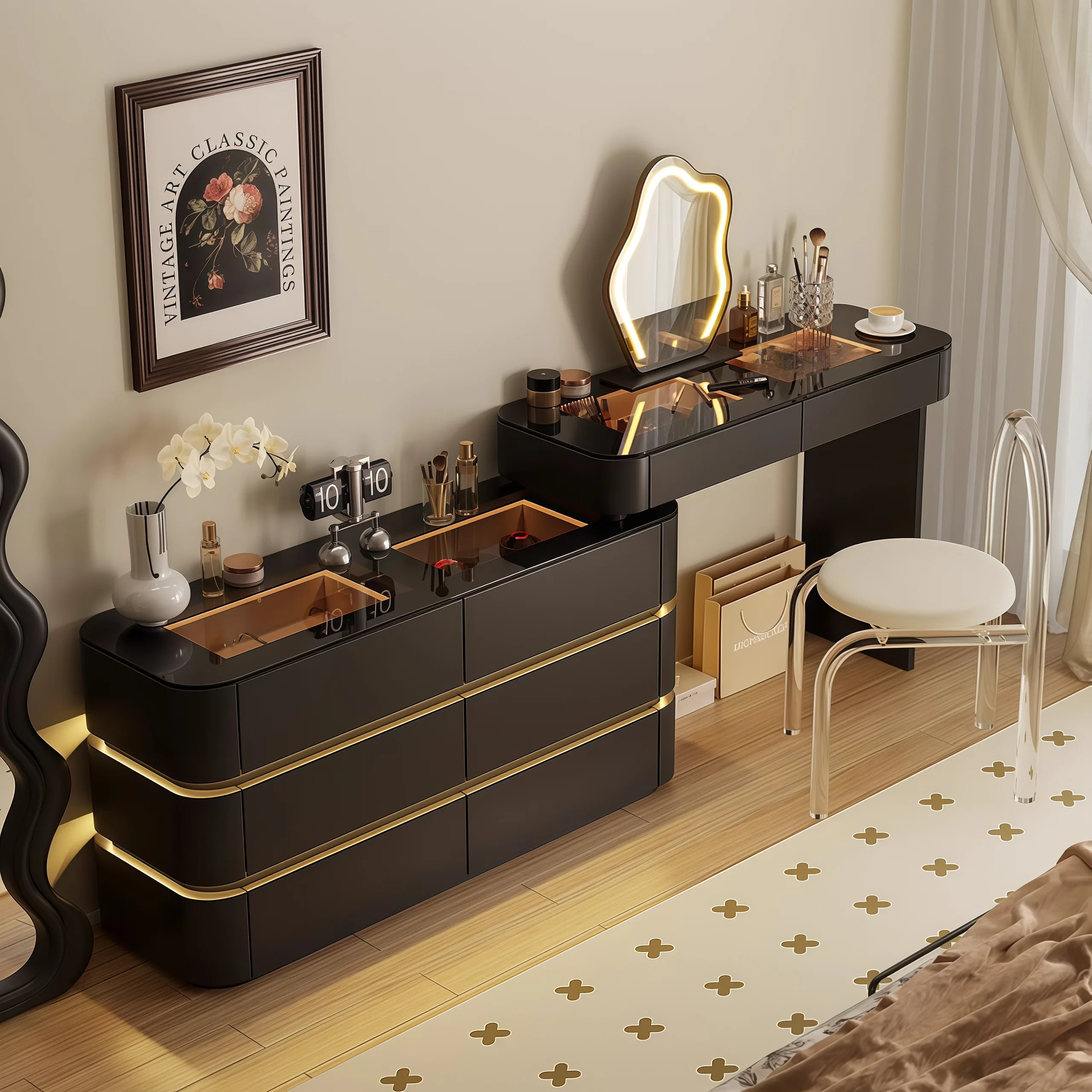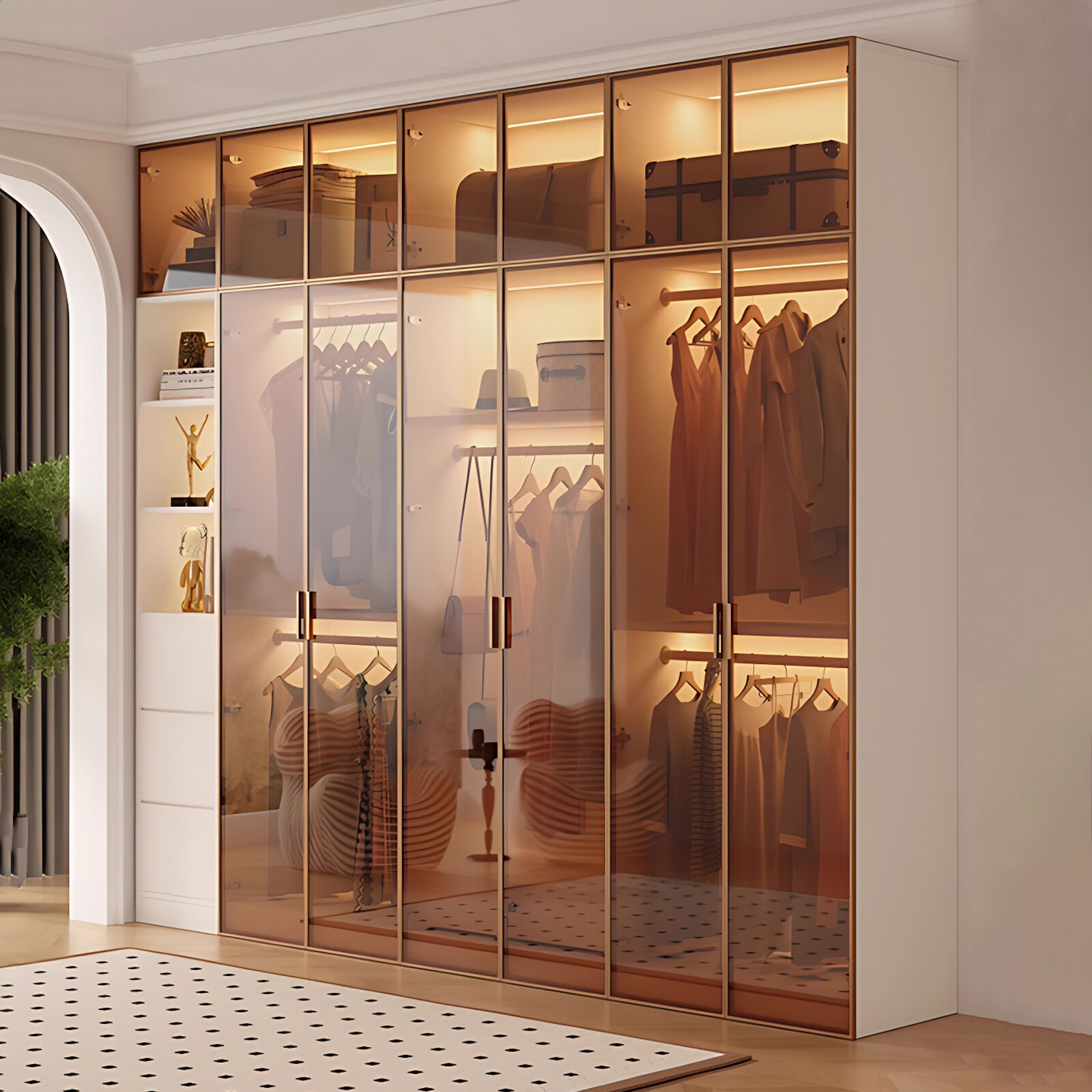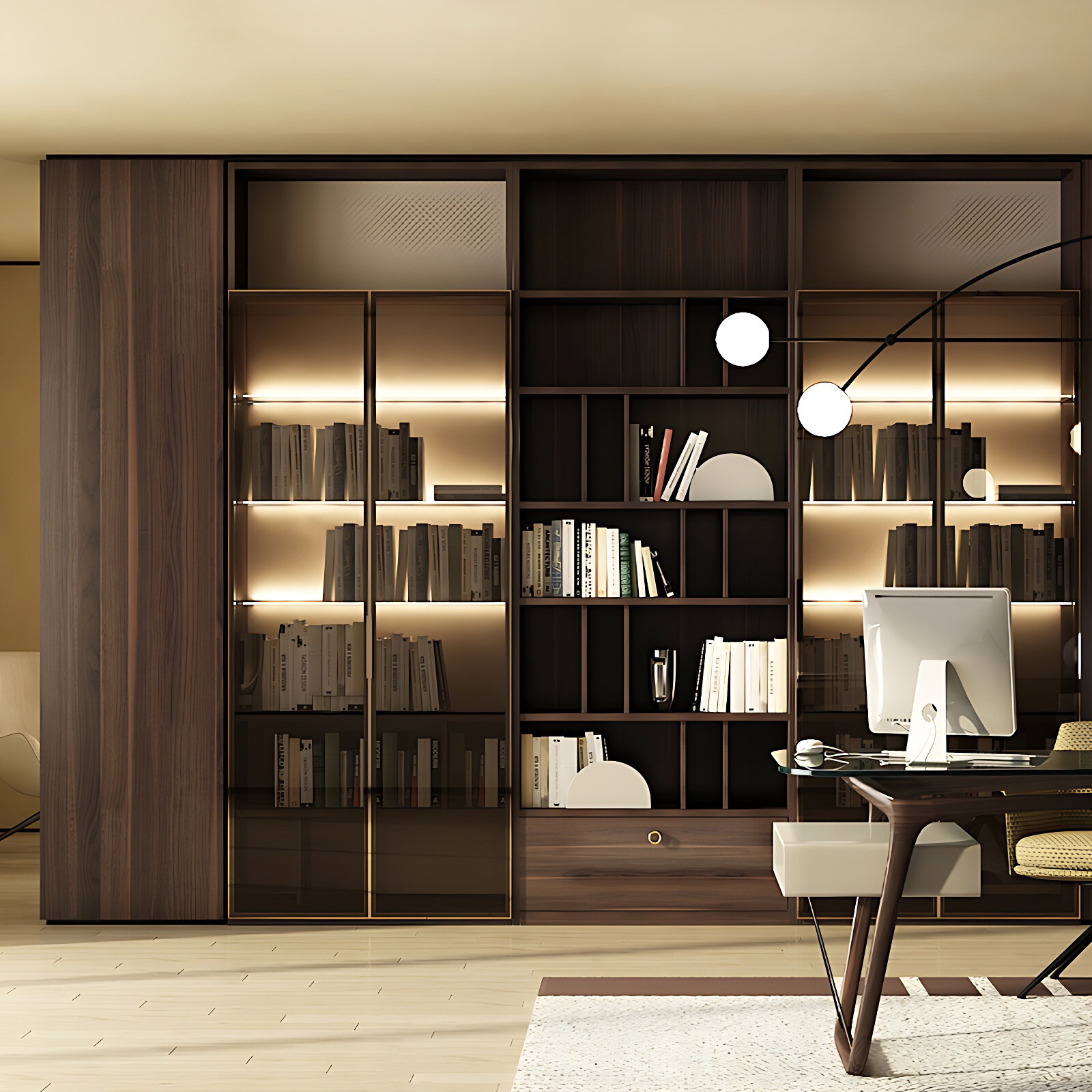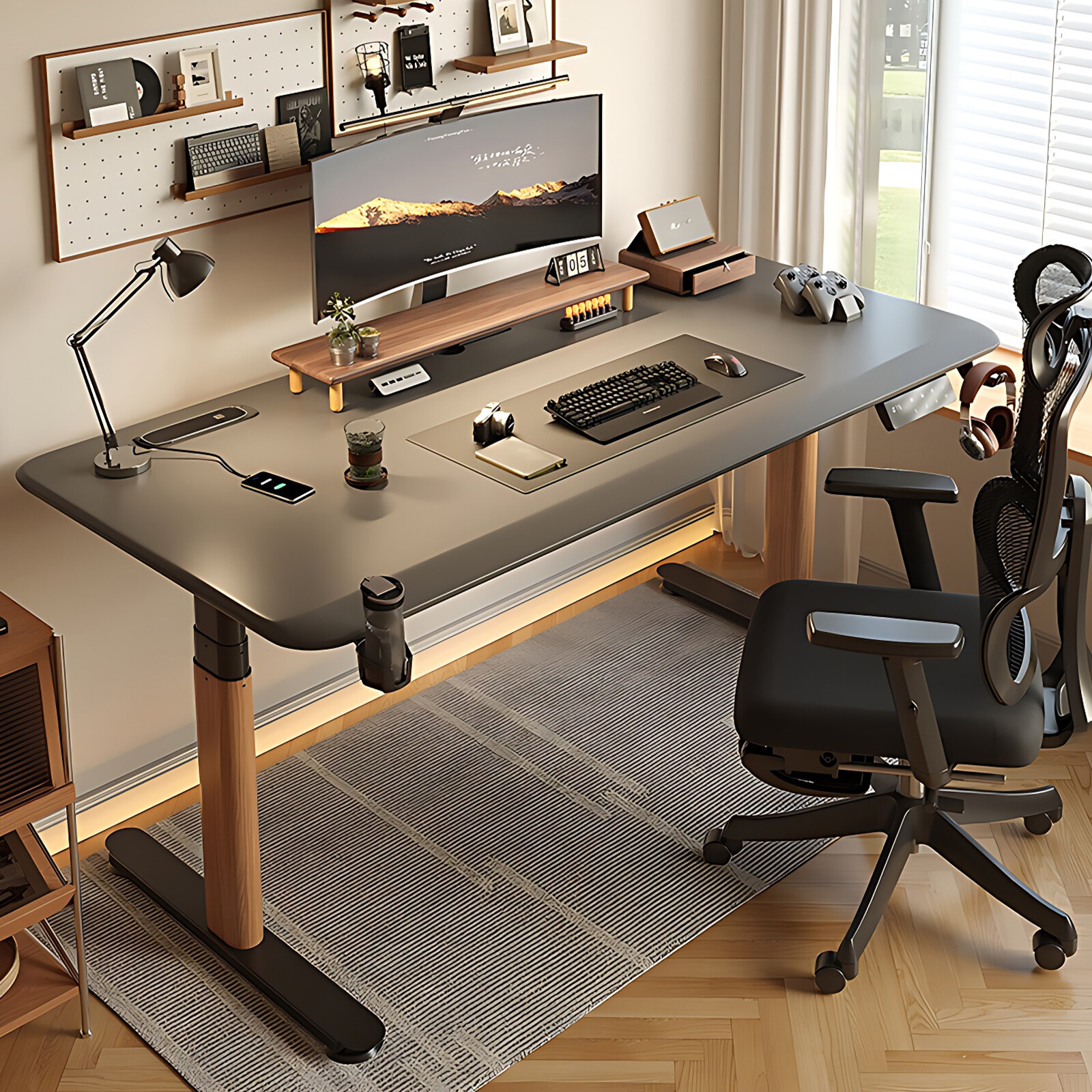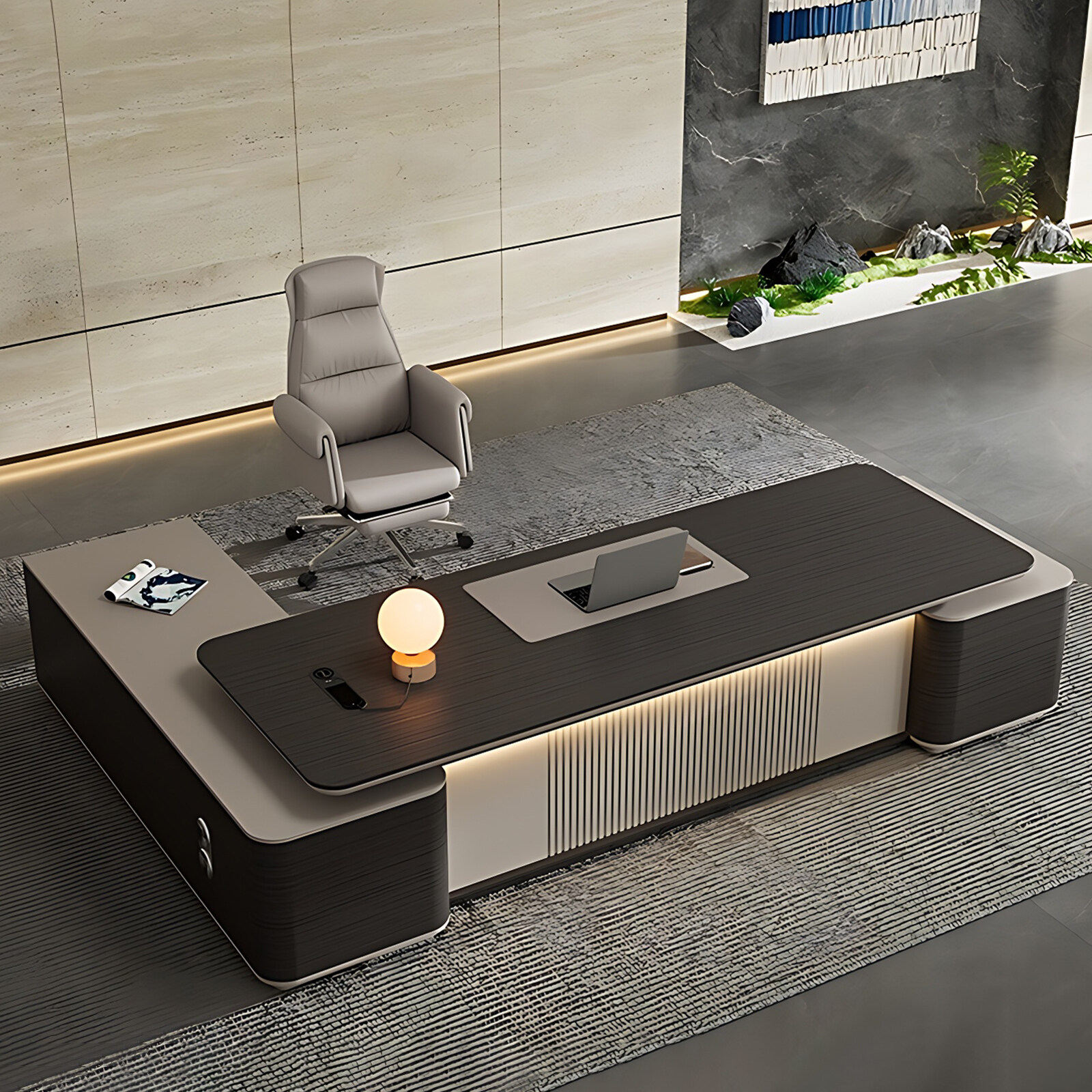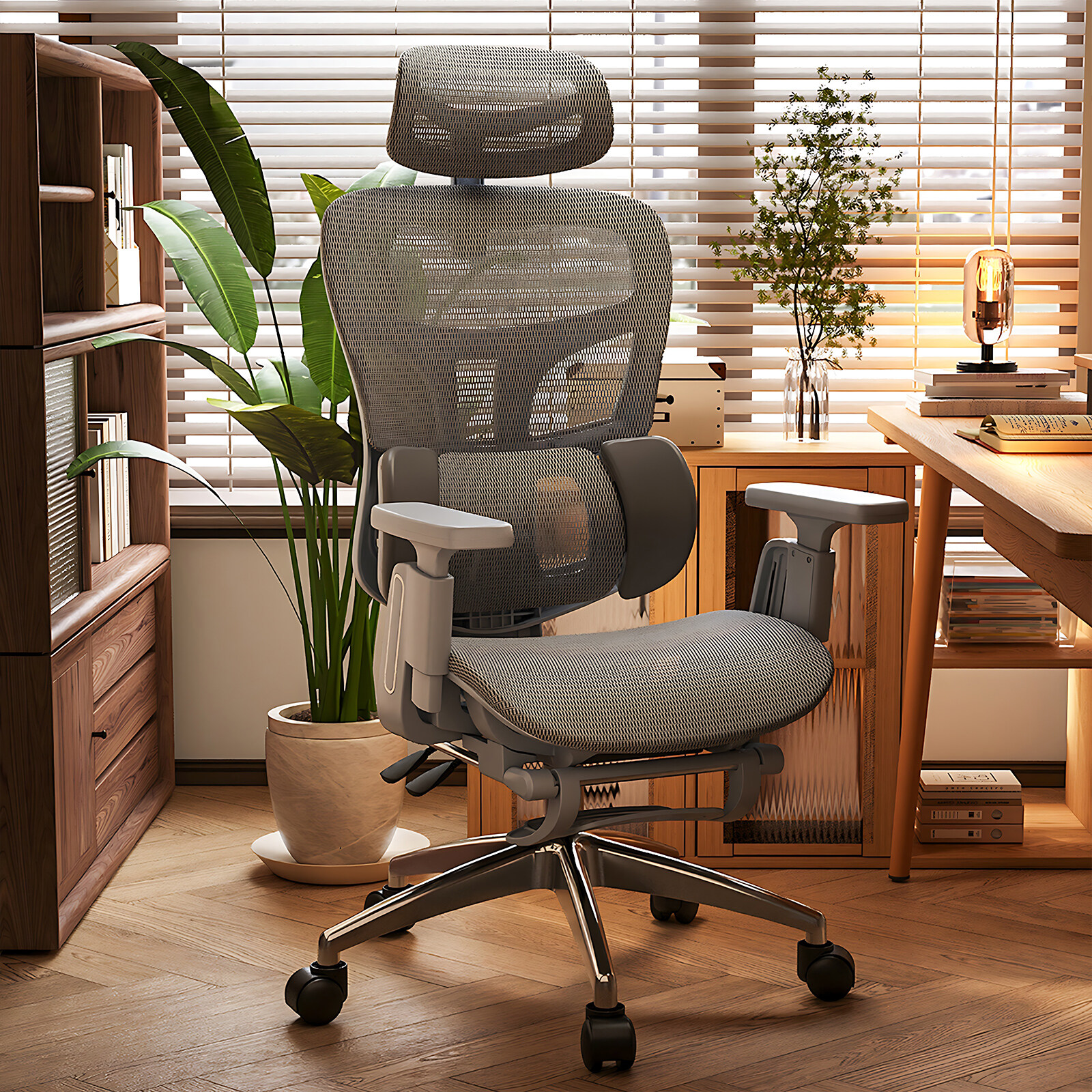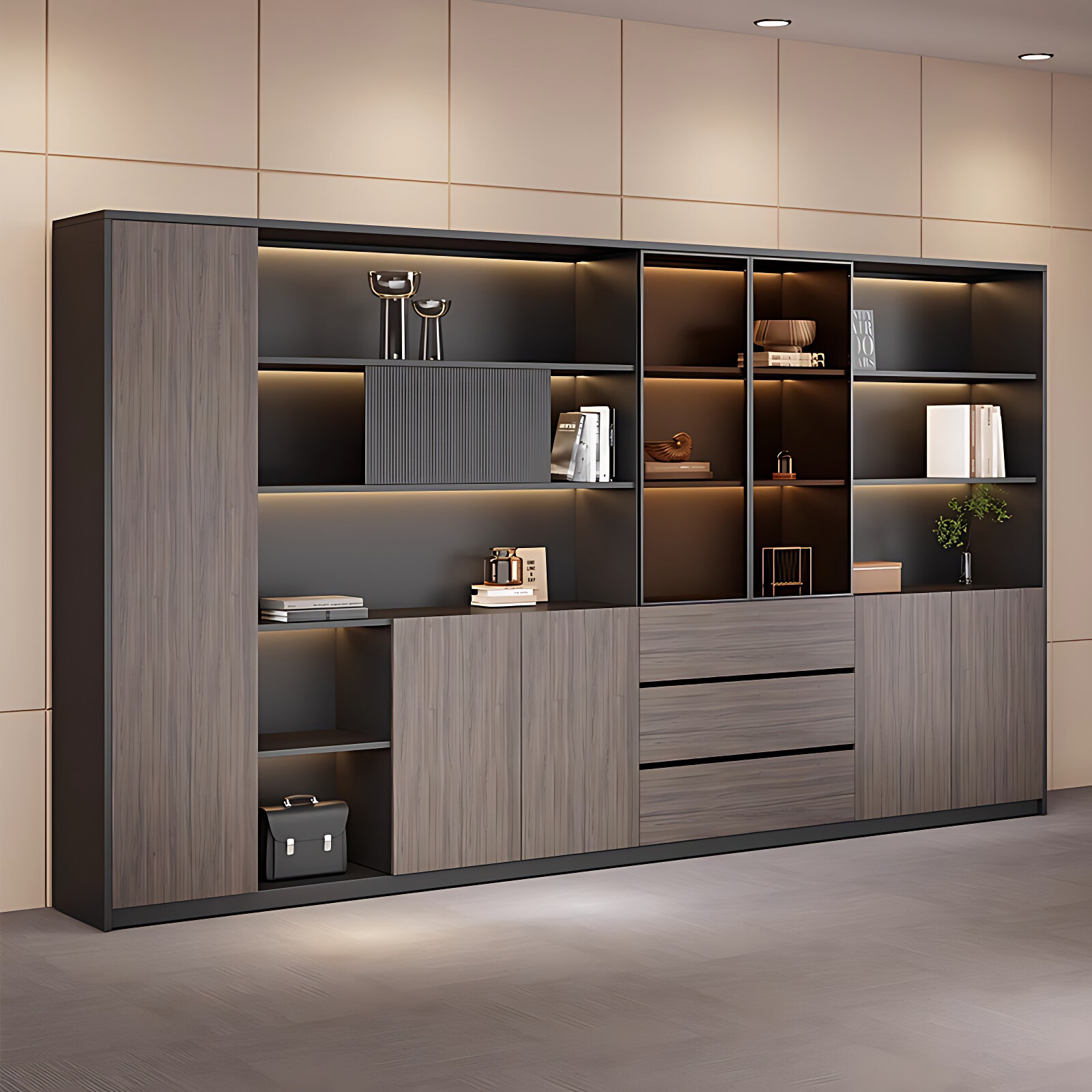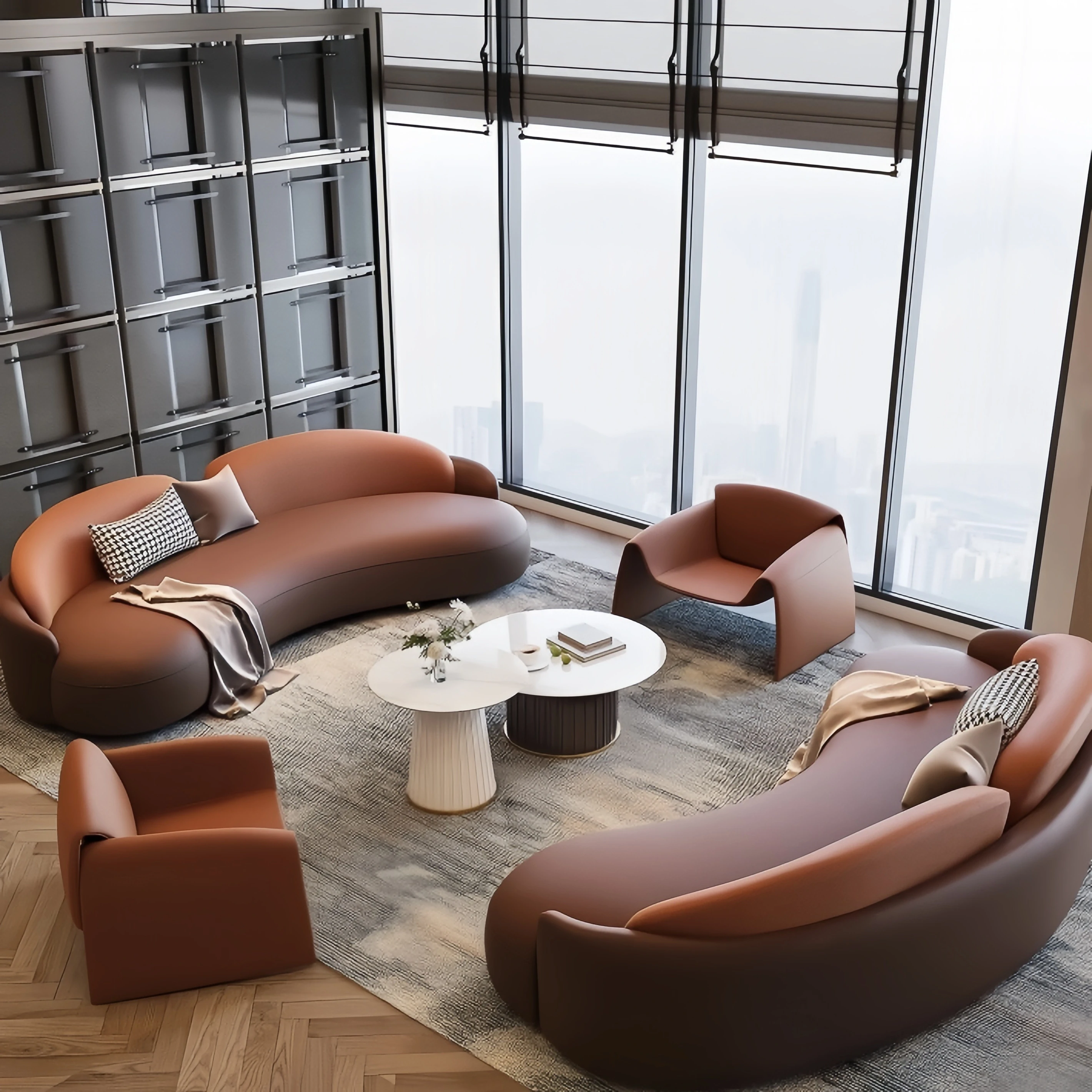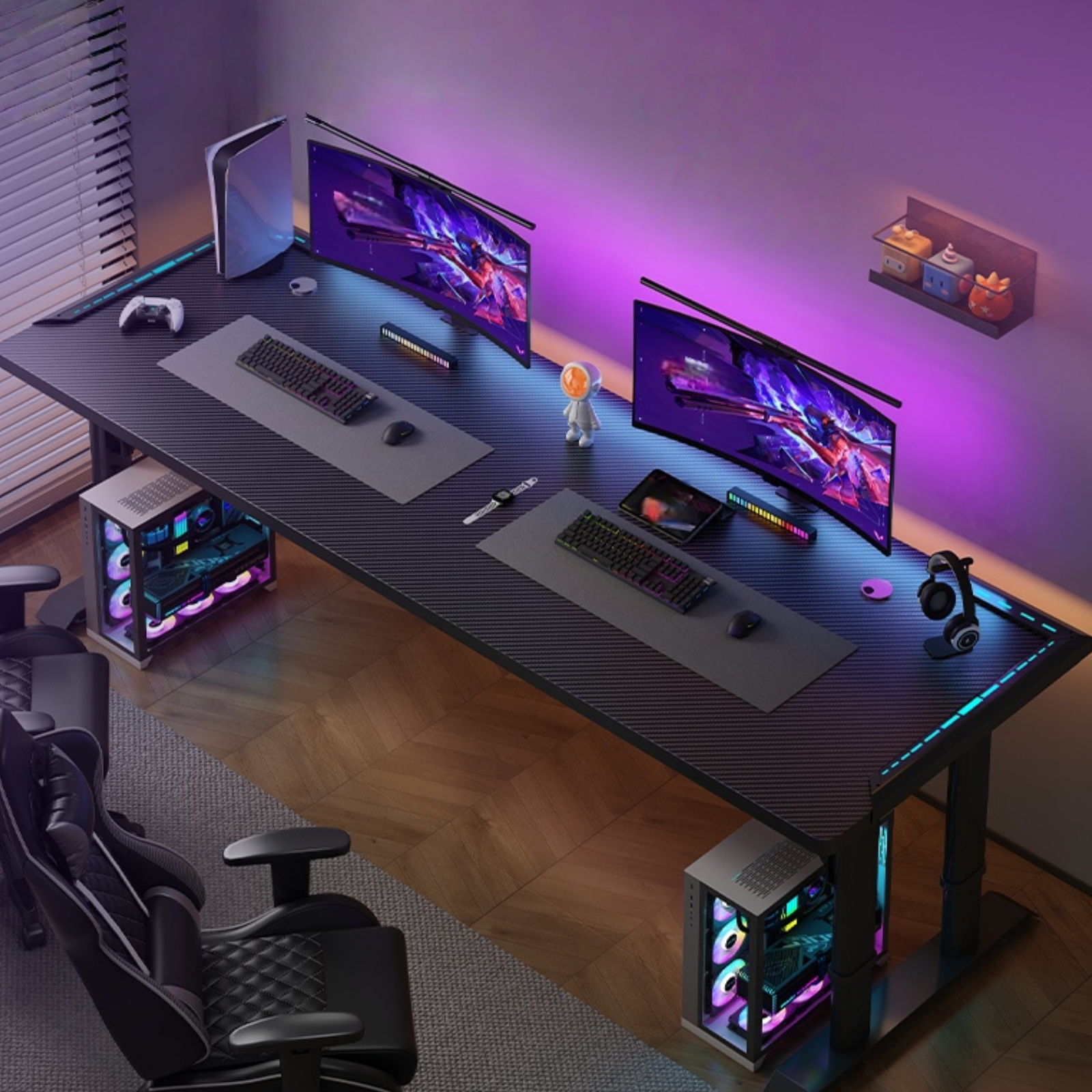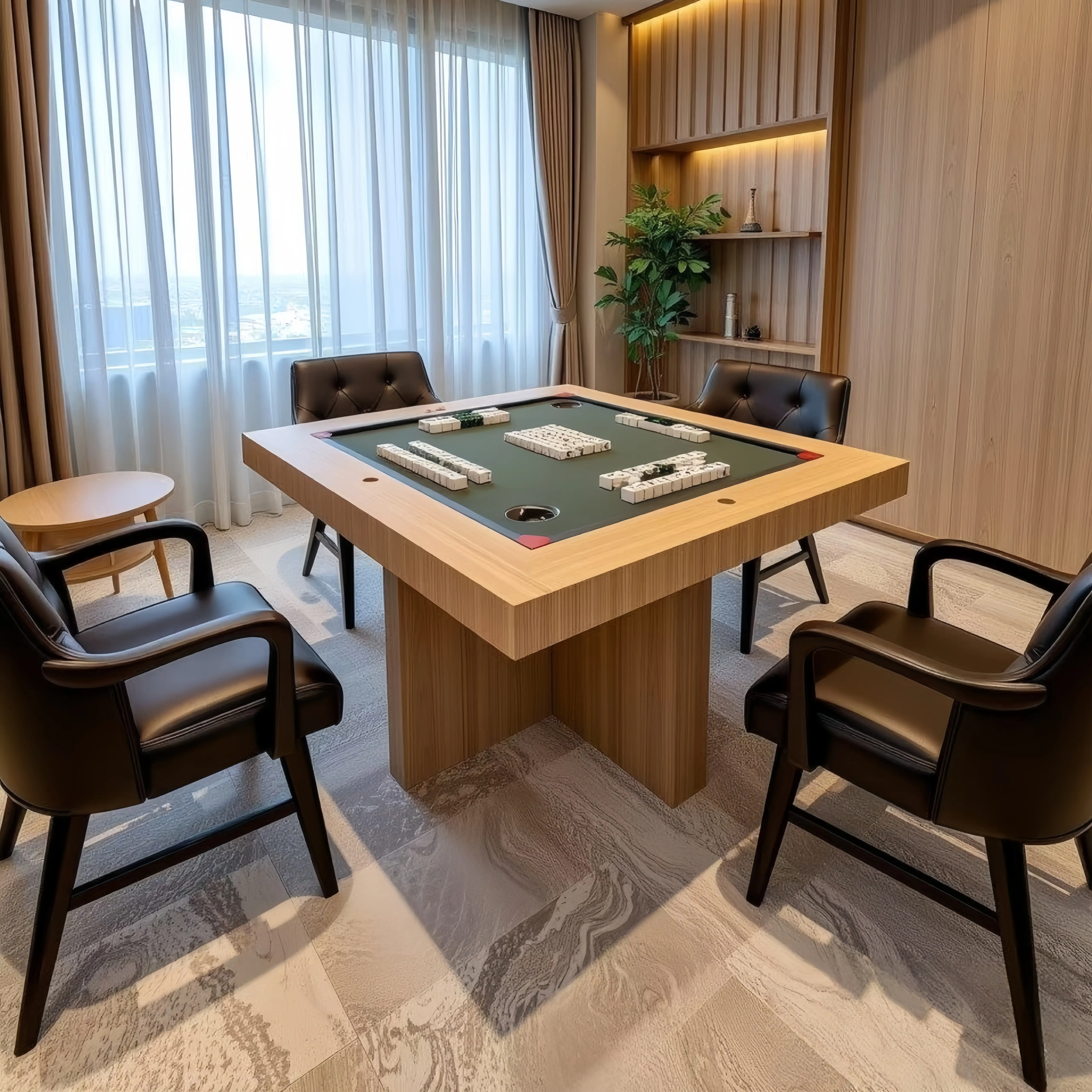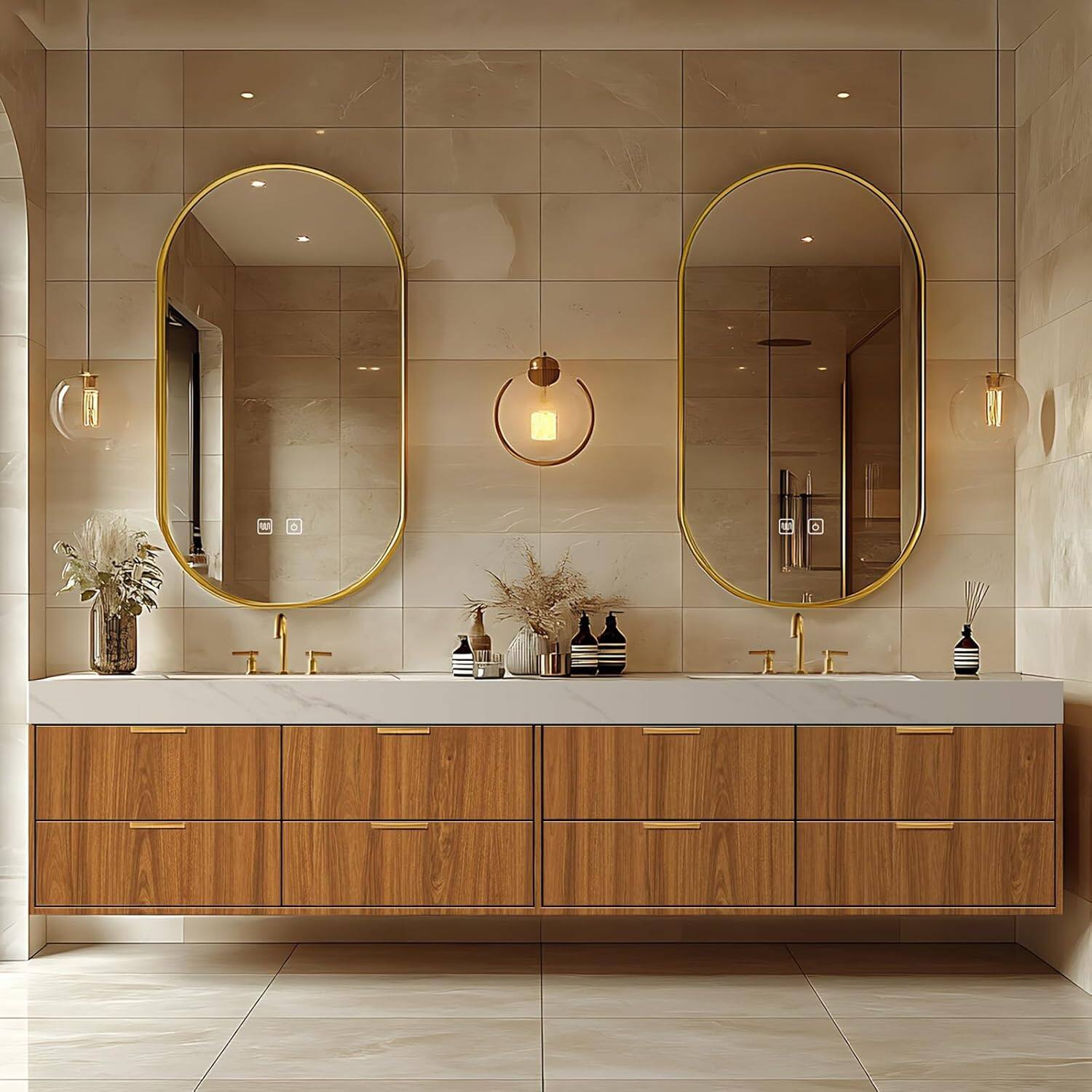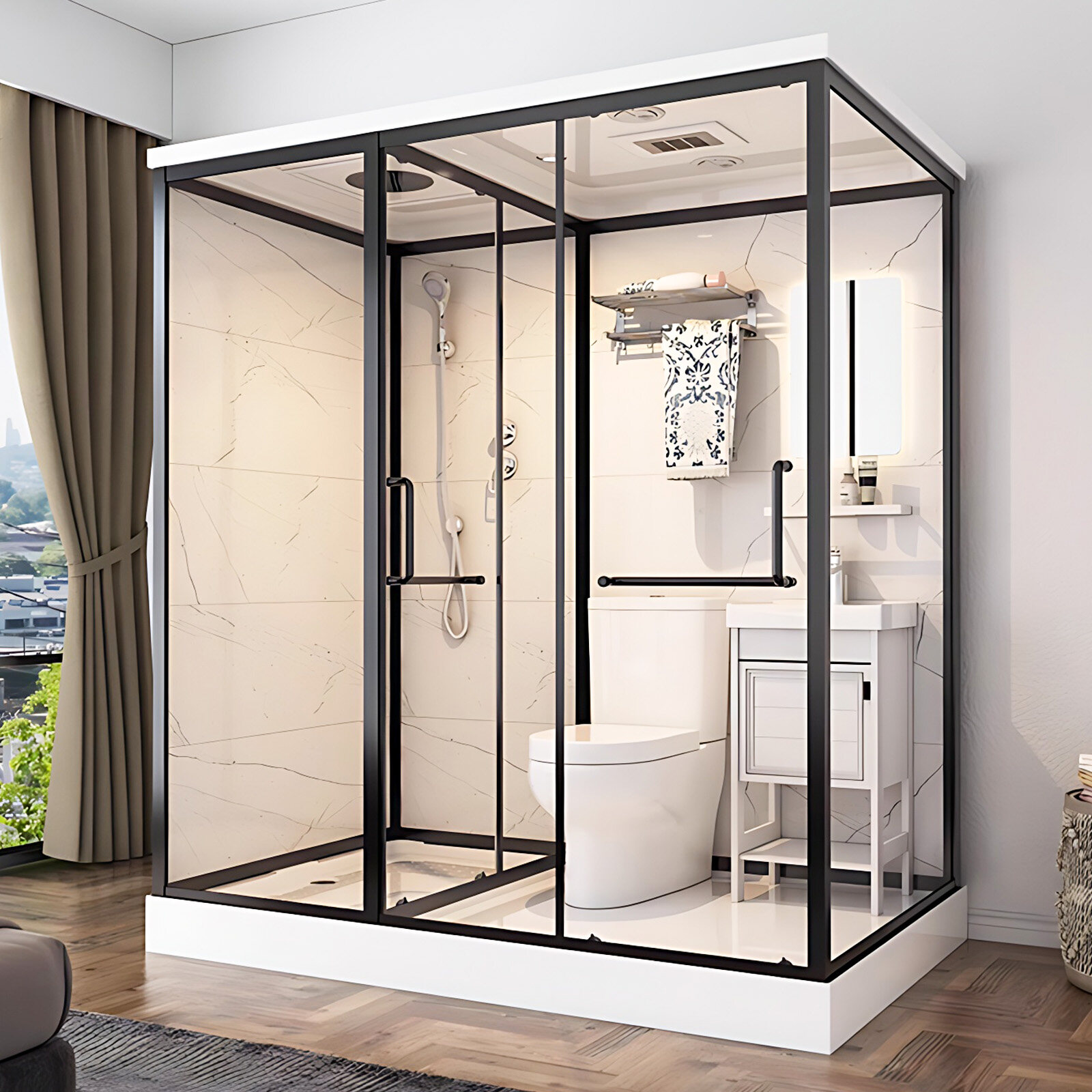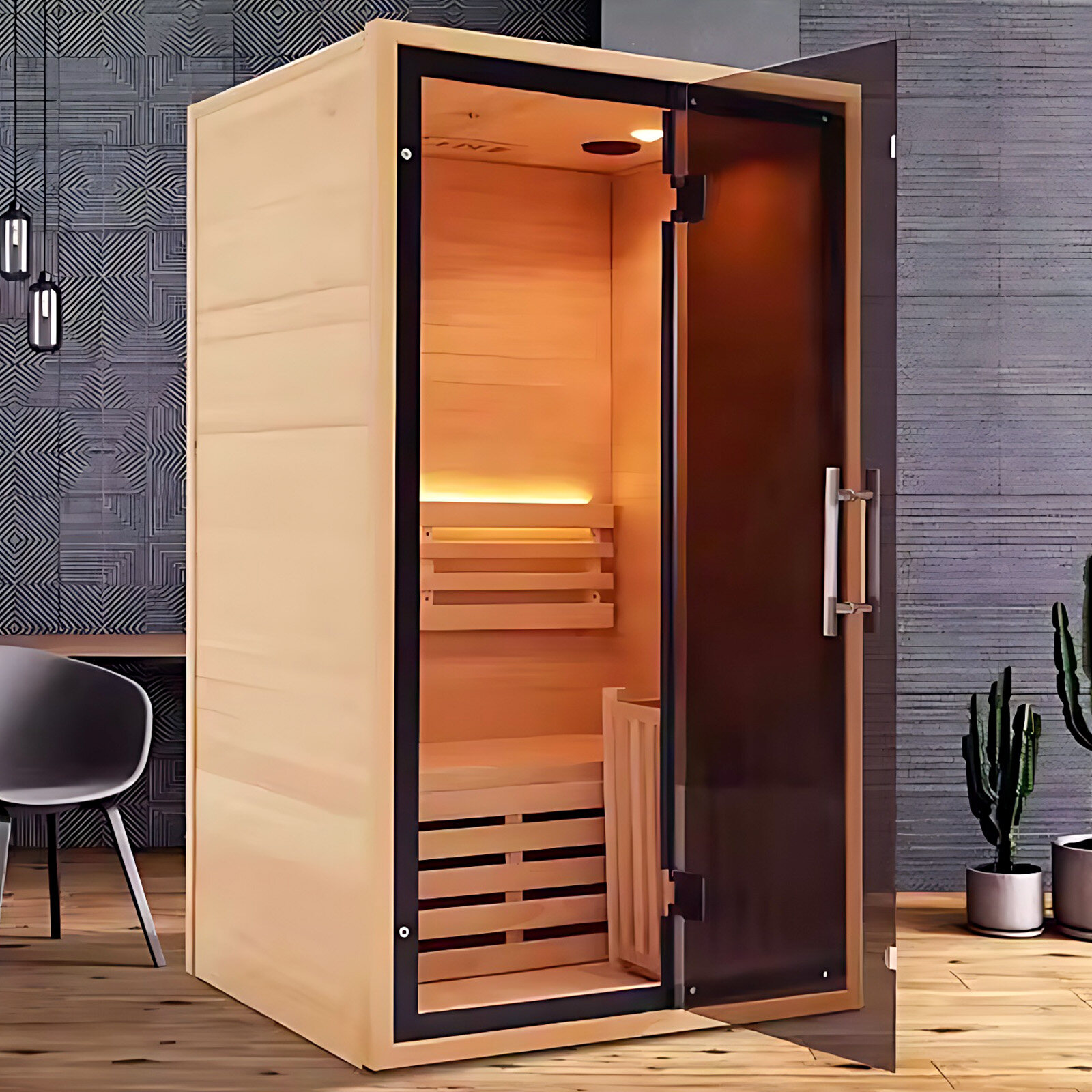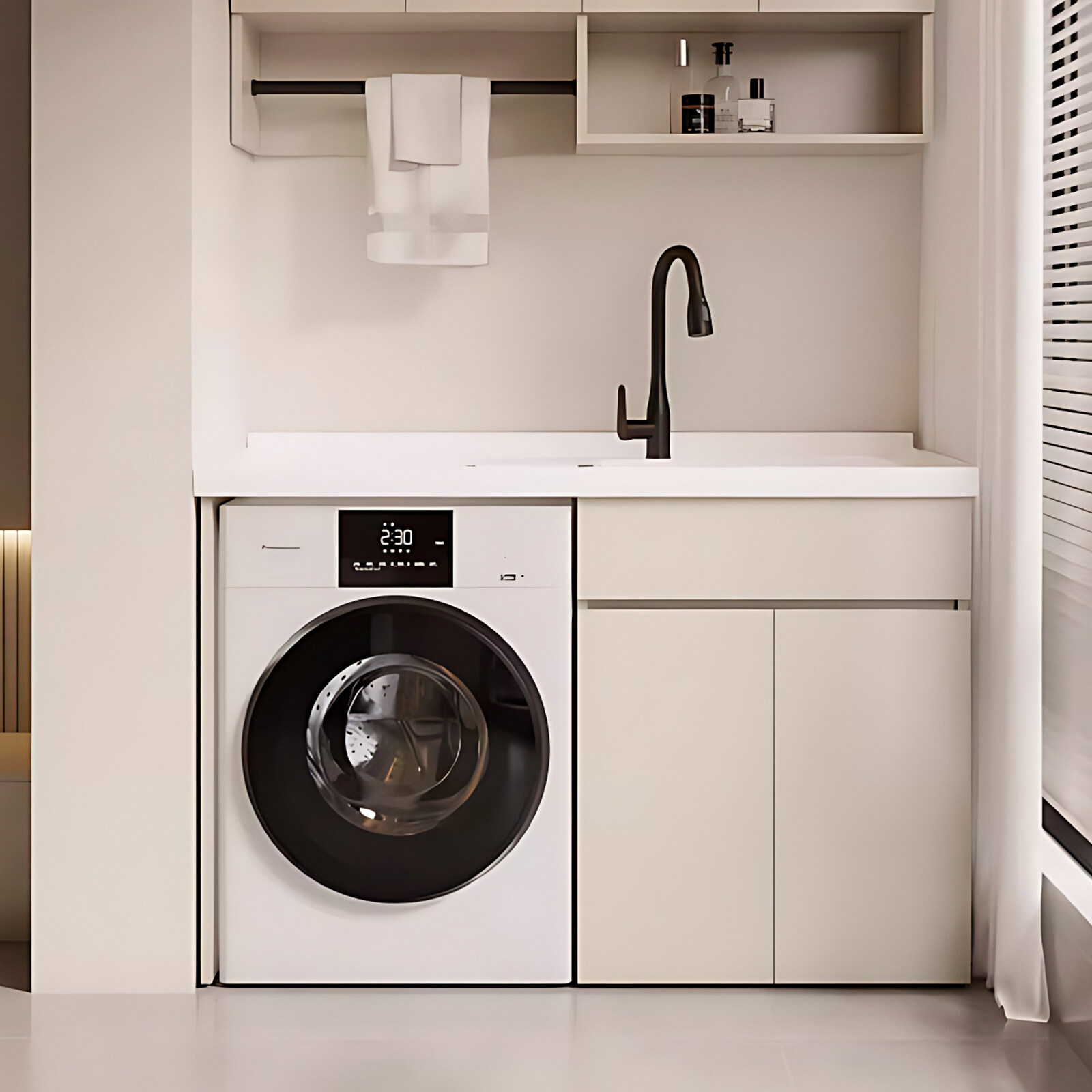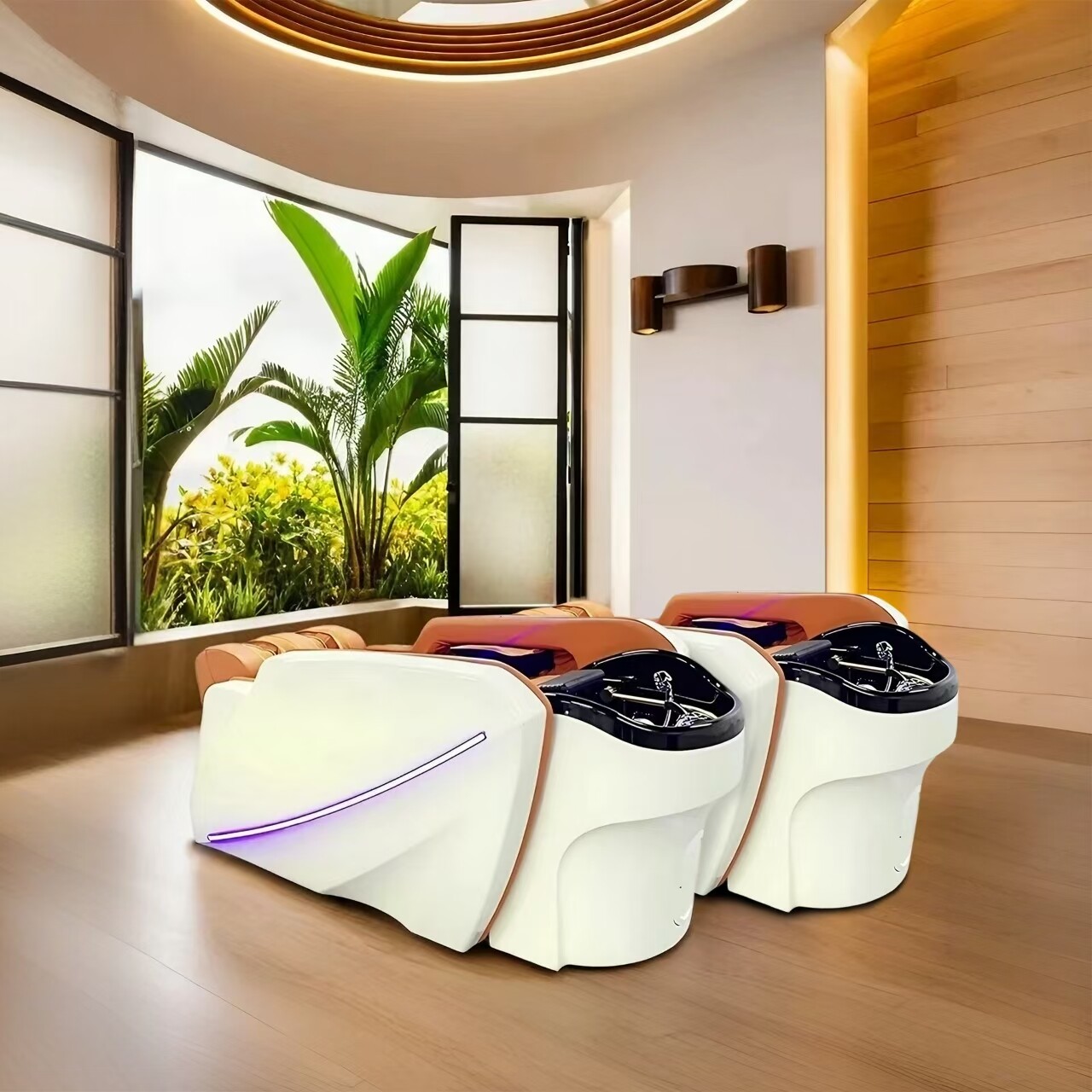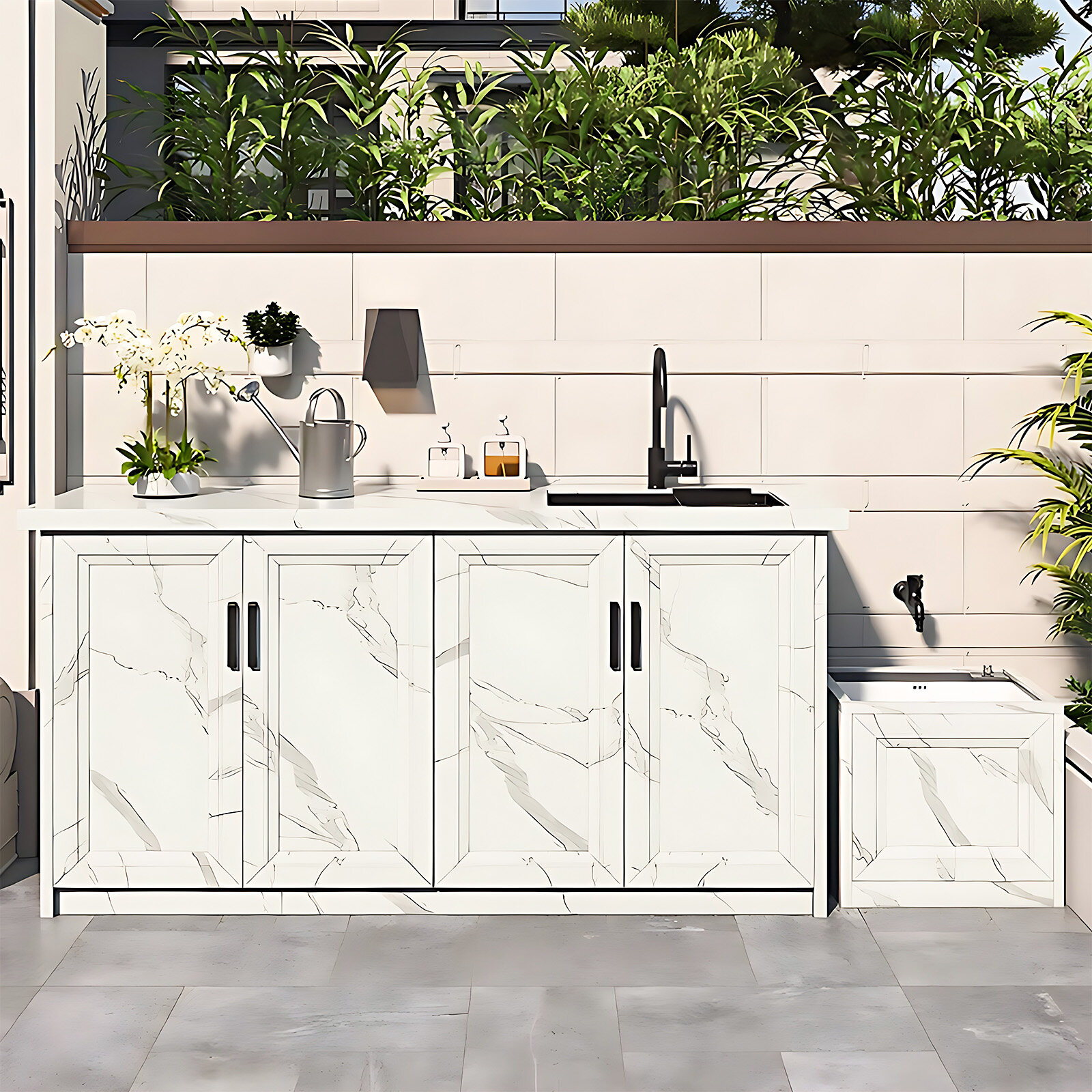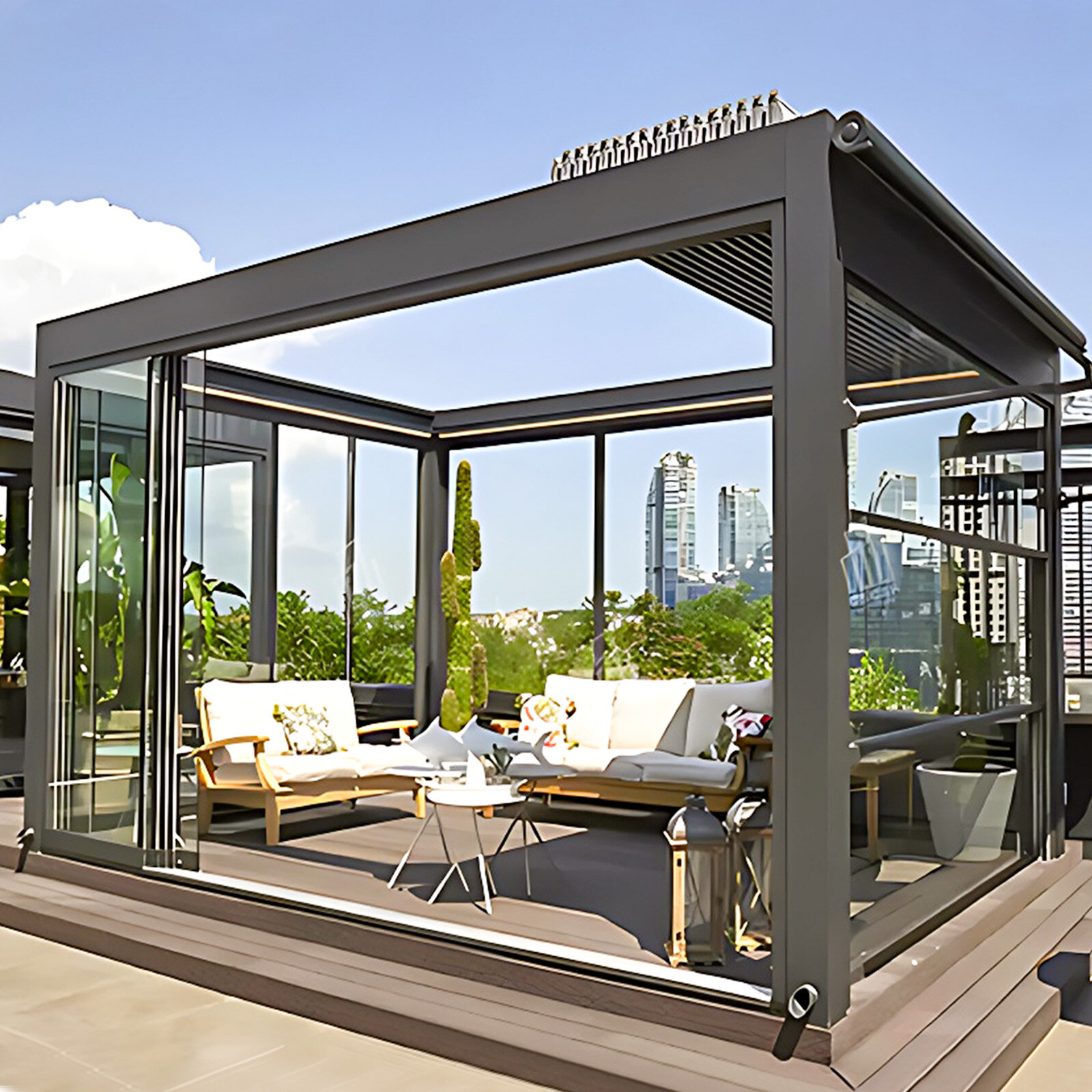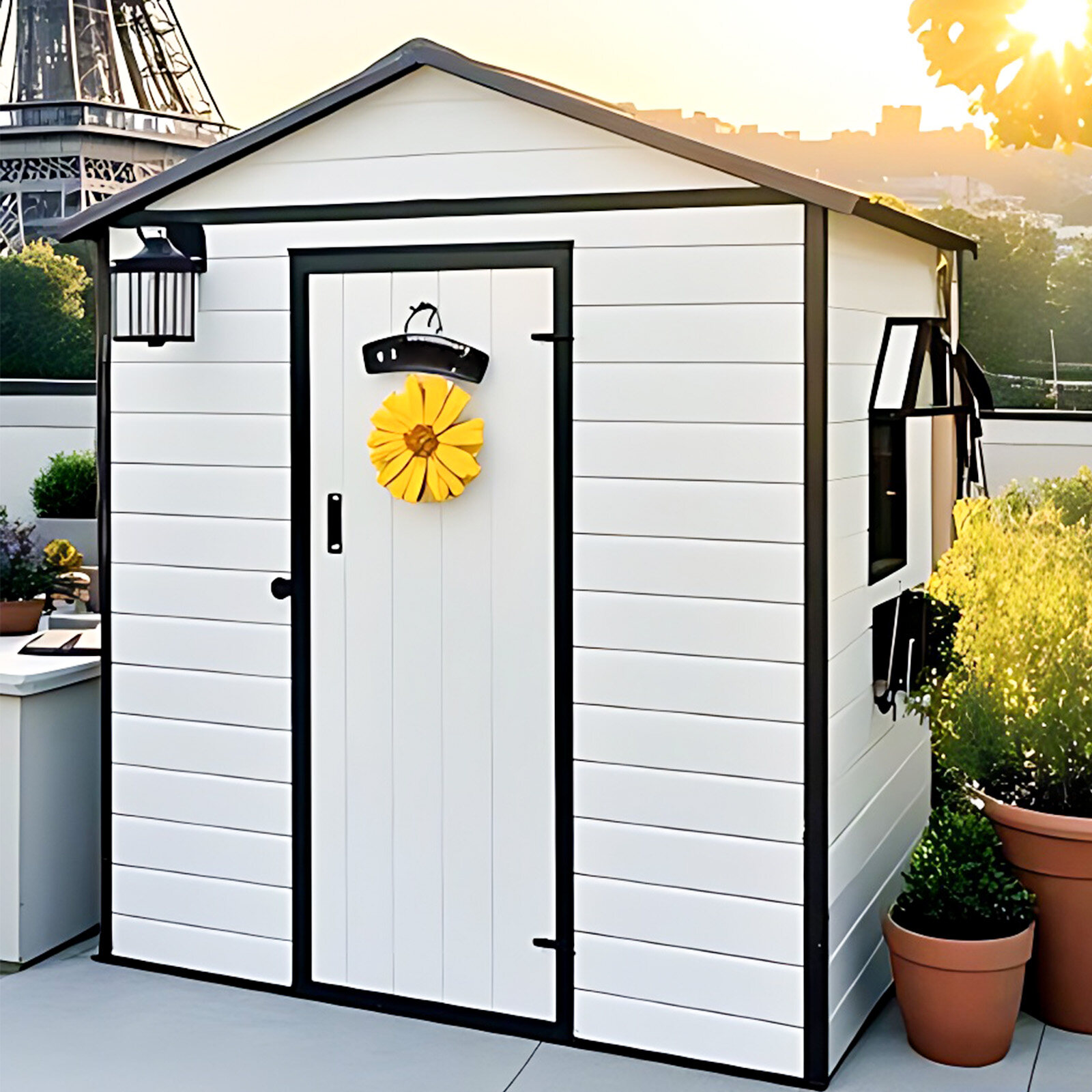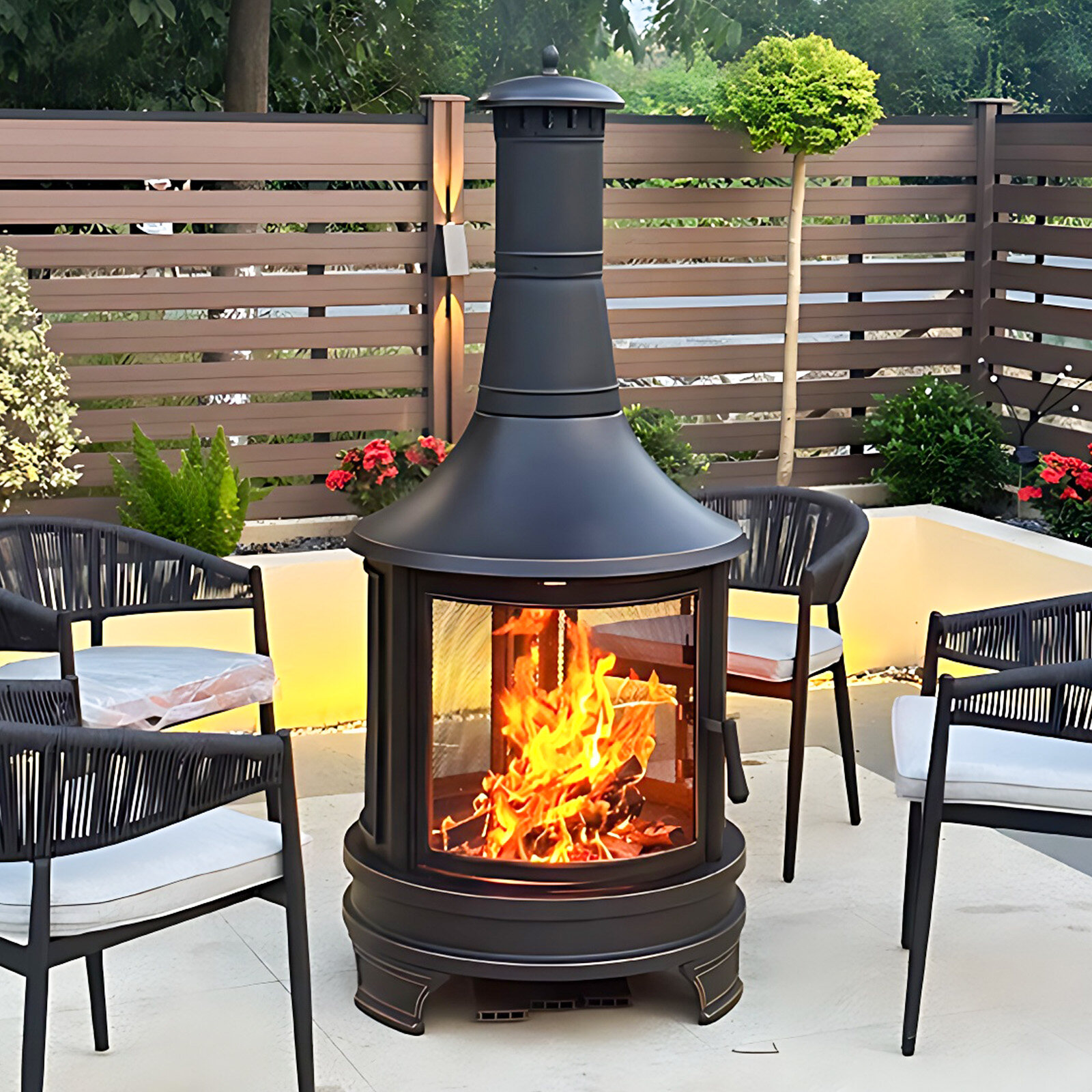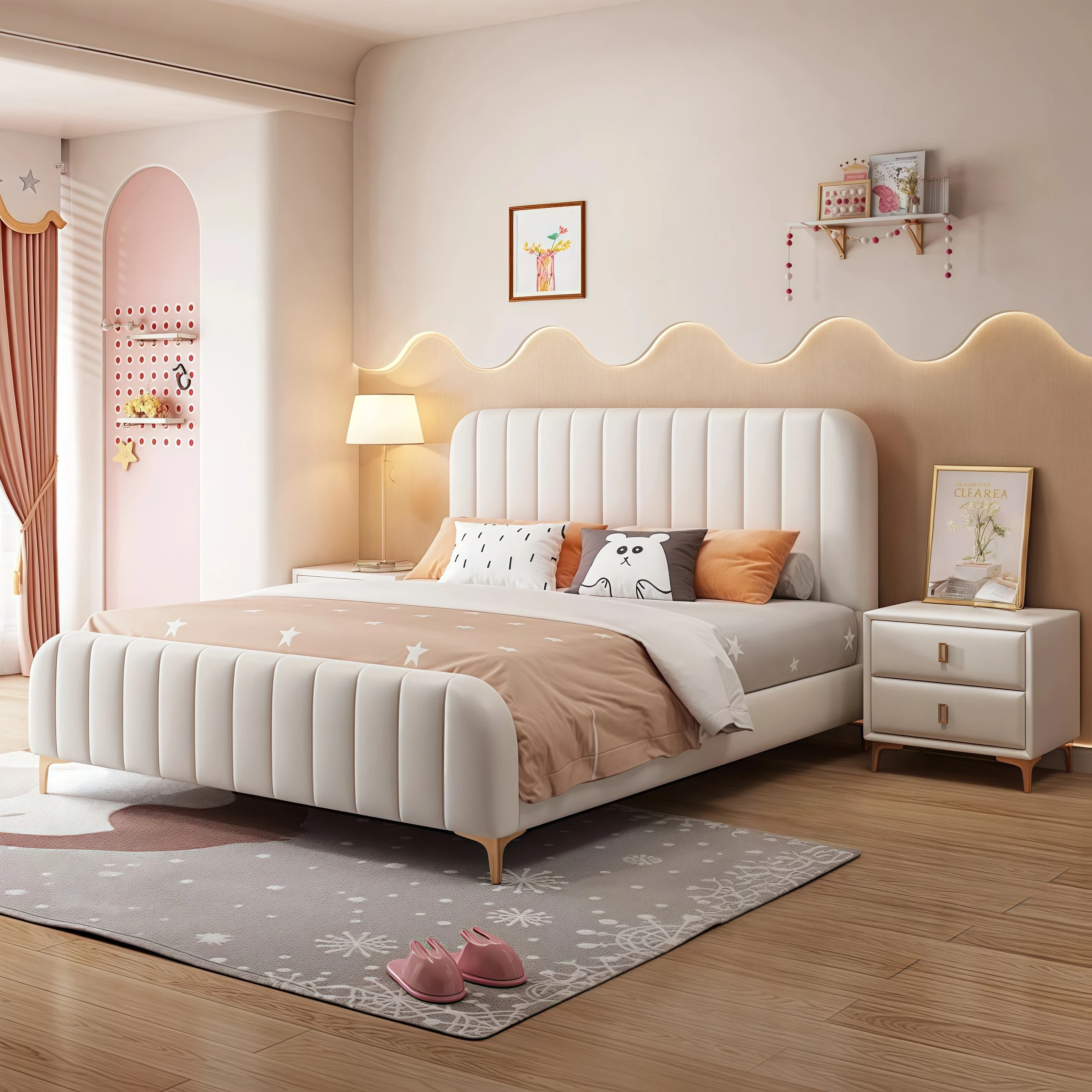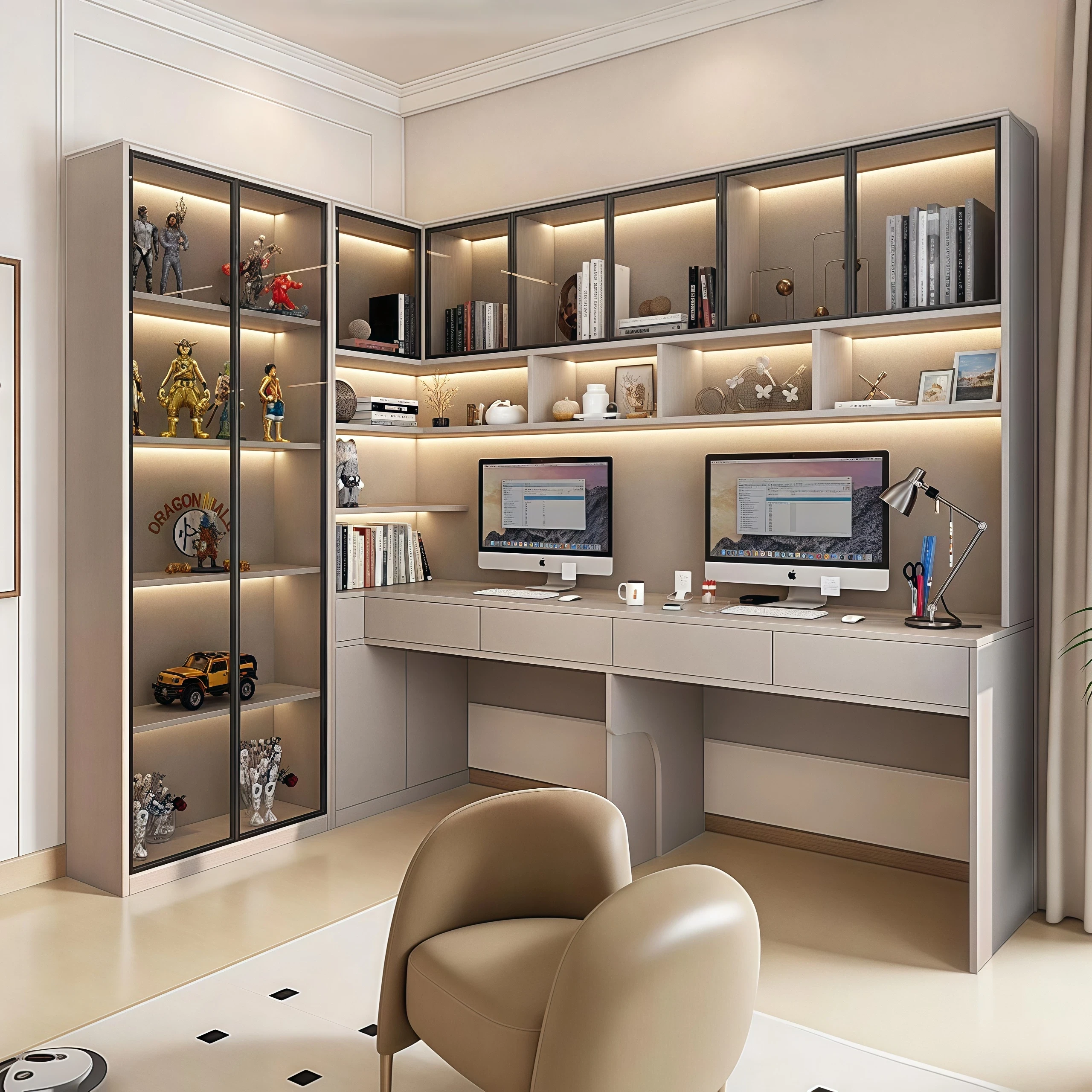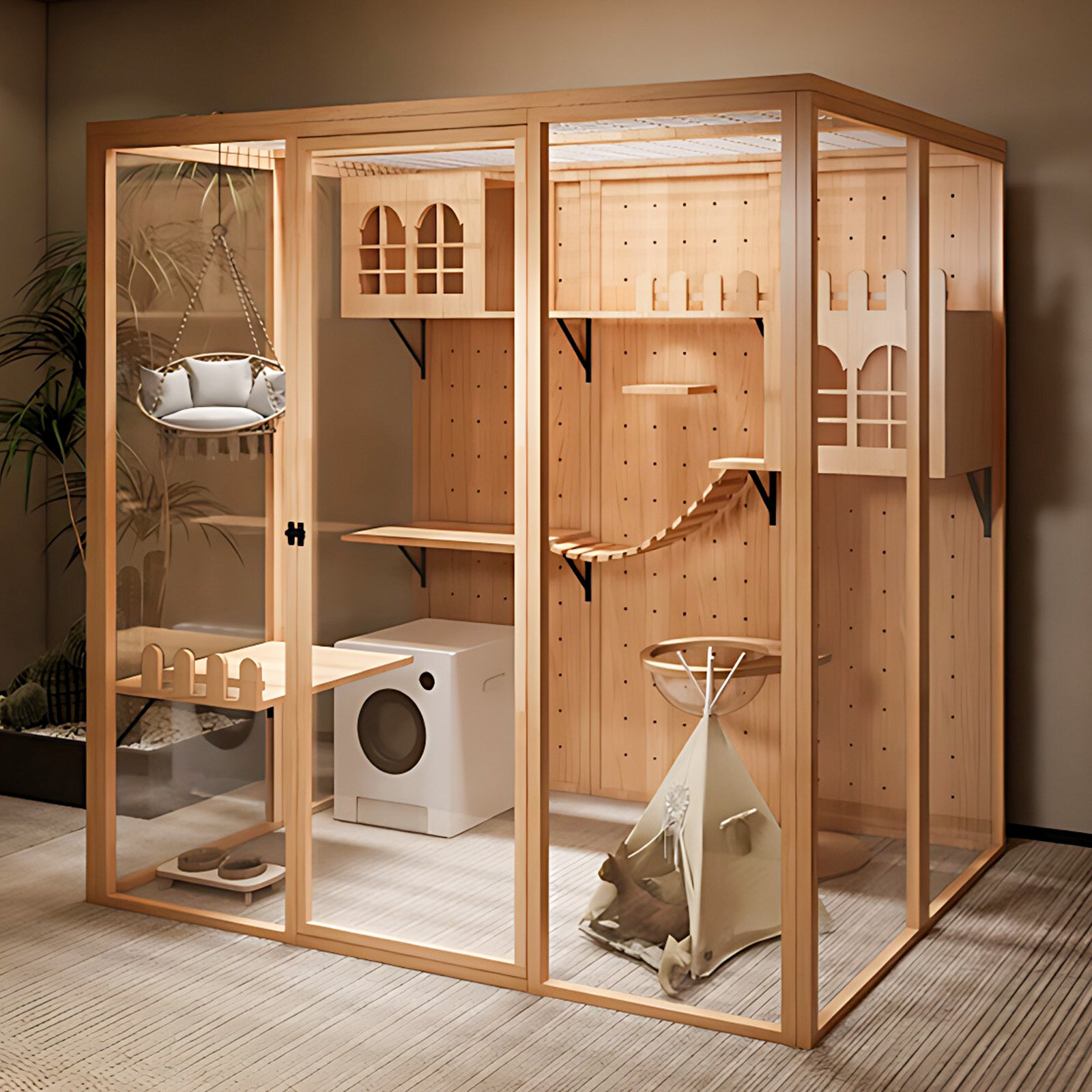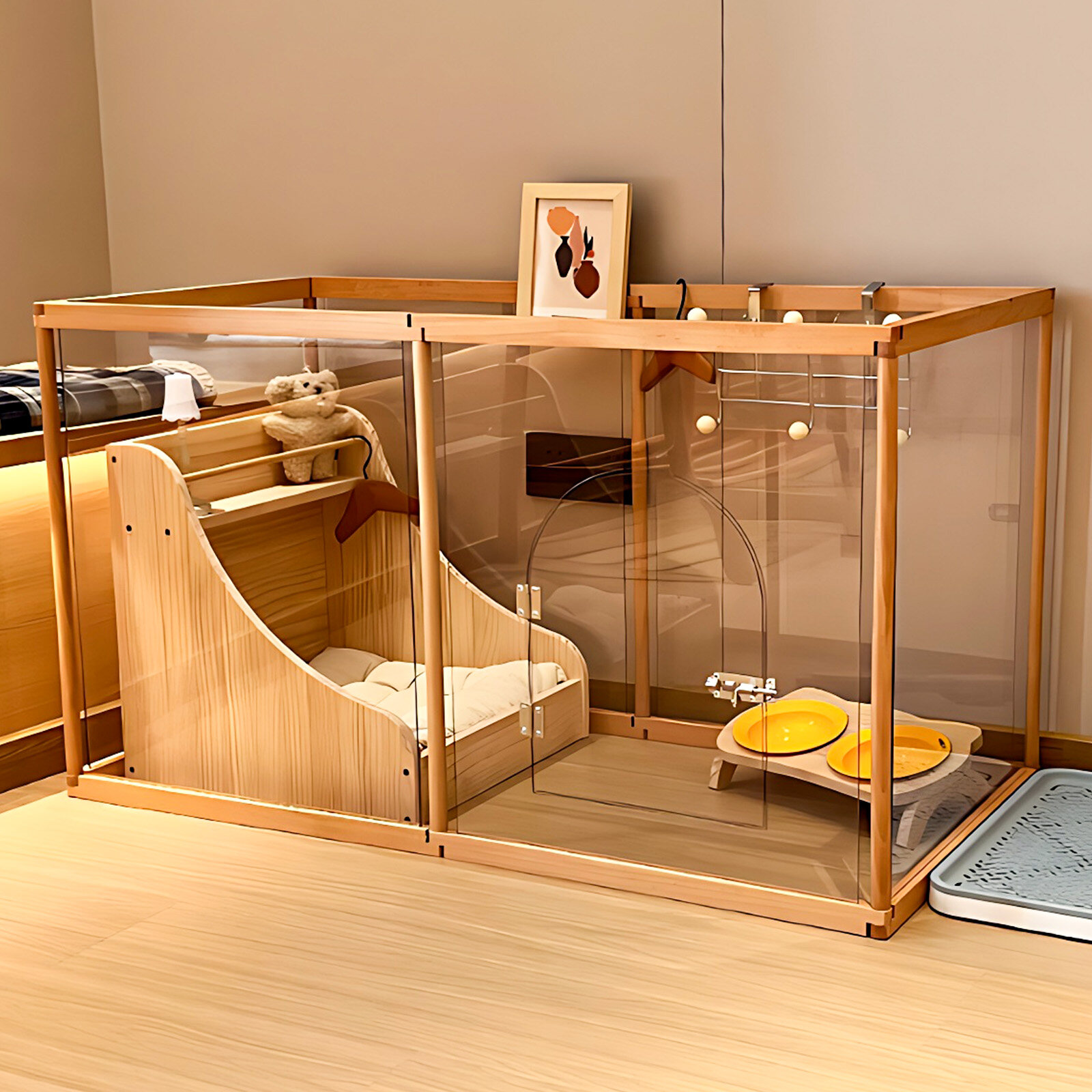In modern life, the function of the living room has evolved from a television-centric viewing area to a multifunctional leisure space. Even without a TV, a living room can still shine in a different light. Through clever design and layout, a living room without a TV can become a cozy place for family relaxation, entertainment, and gatherings.
Of course, while exploring home design cases, I've noticed a trend: the television, once a central feature of the living room, seems to be gradually being marginalized. Indeed, with the diversification of modern lifestyles, people's leisure and entertainment options are no longer limited to the family gathering in front of the TV. New devices such as smartphones and projectors have enriched people's entertainment options.
With the continuous evolution of modern lifestyles, the TV in the living room is no longer the sole entertainment focal point. In today's pursuit of individuality and diversity, people are increasingly choosing flexible, versatile, and multifunctional leisure activities. Therefore, to adapt to this lifestyle trend, living room designs that were once centered around the TV may need to consider some adjustments to keep pace with the times. Clarifying your living room needs, such as reception, reading, and work, is key to effective space planning.
As the television gradually loses its central role in the living room, it's crucial to clearly define your living room's needs before redesigning your layout. Simply put, it's important to understand your and your family's daily living room activities. Only with a thorough understanding can you more clearly plan a layout that meets your needs.
△ Living Room Layouts for Different Needs
△ Social Living Room Layout
For spaces that encourage gatherings, choose curved sofas and flexible seating, arranged around a coffee table, to create a warm and inviting atmosphere for conversation.
For example, if you're a social person and enjoy gathering with friends, you might want to choose furniture that accommodates more people, such as spacious sofas and comfortable cushions, to make your living room a welcoming place for conversation.
A living room layout centered around the coffee table is ideal for fostering a conversational atmosphere. Whether it's a spacious sofa or comfortable single chairs, arranged around the coffee table, it allows for close interaction and ease during gatherings.
In this coffee table-centric living room layout, the host, seated in the center of the sofa, can more easily monitor the moods of each guest. For flexibility, the sofa can be placed against the wall, while individual chairs can be arranged around the coffee table. This not only facilitates communication during gatherings but also provides great convenience for daily use.
△ Living Room Layout for a Reading Center
With books as the centerpiece, a symmetrical layout and low bookcases can create a comfortable reading environment, making books the focal point.
When reading becomes the dominant feature in the living room, books gradually replace the television as the focal point. In this case, a symmetrical layout is the perfect choice to highlight this focal point. Bookshelves can be placed against the wall or behind the sofa for easy access and storage.
Using a low bookcase to organize and store books not only saves space, but the upper portion can also be cleverly used as a decorative area in the living room, killing two birds with one stone.
Don't miss out on the beautiful view by the window. Cleverly use bookcases to decorate the wall next to the window. Simply free up space for a bay window and you can easily create a pleasant reading nook.
△ Living Room Layout for Movie Lovers
Replacing a TV with a projector, centering the screen, and combining it with a beanbag and a spacious rug creates a cinema-like viewing experience.
For many movie lovers, while they spend limited time watching TV at home, they enjoy a relatively large amount of moviegoing. To further enhance their viewing experience, they often choose to replace a traditional TV with a projector, allowing them to enjoy a cinema-like giant-screen experience at home.
In this scenario, the living room layout should be centered around the screen, ensuring that every viewer can comfortably immerse themselves in the world of the movie.
Replacing the traditional living room sofa layout with a beanbag and rug can further enhance the livability of this small space.
If you're a movie lover, you might want to follow the example of the homeowner's fortune teller and mount the screen directly on the TV wall, choosing a high-quality, light-resistant screen and laser projector. This way, even during the day, with the curtains open, you can still enjoy the cinema-like experience.
△ Multifunctional Living Room Design
△ Integrated Workspace
The living room can be transformed into a makeshift office area by utilizing wall space for a desk or using flexible modular furniture to combine work and meetings.
If you frequently work from home, the living room—the space we spend the most time in—can also be transformed into a makeshift study.
Homeowner Sue, with little need for a TV and lacking the extra space for a separate study, cleverly transformed the living room's TV wall into a work area and placed a long desk opposite the sofa.
△ Creating a Children's Play Area
Use furniture and rugs to create a safe, comfortable, and appropriately organized children's play area in the living room.
Transform the living room into more than just a meeting place; it can also be a play area for interacting with children. By strategically arranging the sofa and chairs, you can create a dedicated play area in the center of the living room, making family time more enjoyable and fun.
To ensure children's safety and comfort while playing in the living room, it's recommended to lay a large, spacious rug. This way, children can enjoy the soft, comfortable surface while playing on the floor, while the carpet effectively demarcates a specific play area.
To prevent toys from being scattered and cluttering the space, appropriate storage space should be reserved in the living room so that children can organize and put their toys away after play.
Replacing traditional single chairs with bean bags not only allows adults to squat on the floor and play with children, but also enhances parent-child interaction. When friends visit, the living room layout can easily be transformed into a gathering space to meet different needs. A living room without a TV actually opens up countless possibilities, and this design may provide some fresh inspiration for those who don't like watching TV.

 USD
USD
 GBP
GBP
 EUR
EUR

